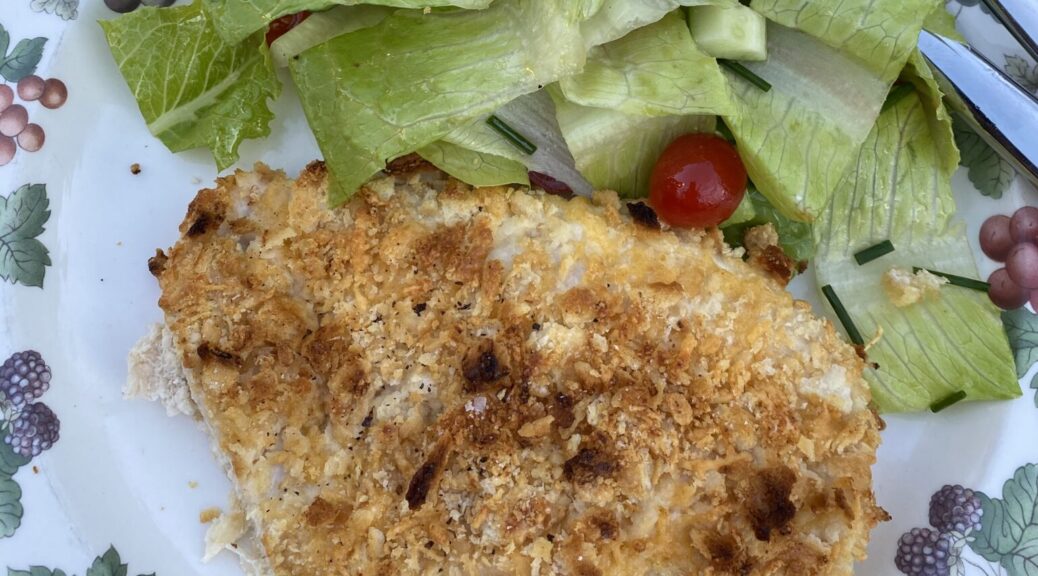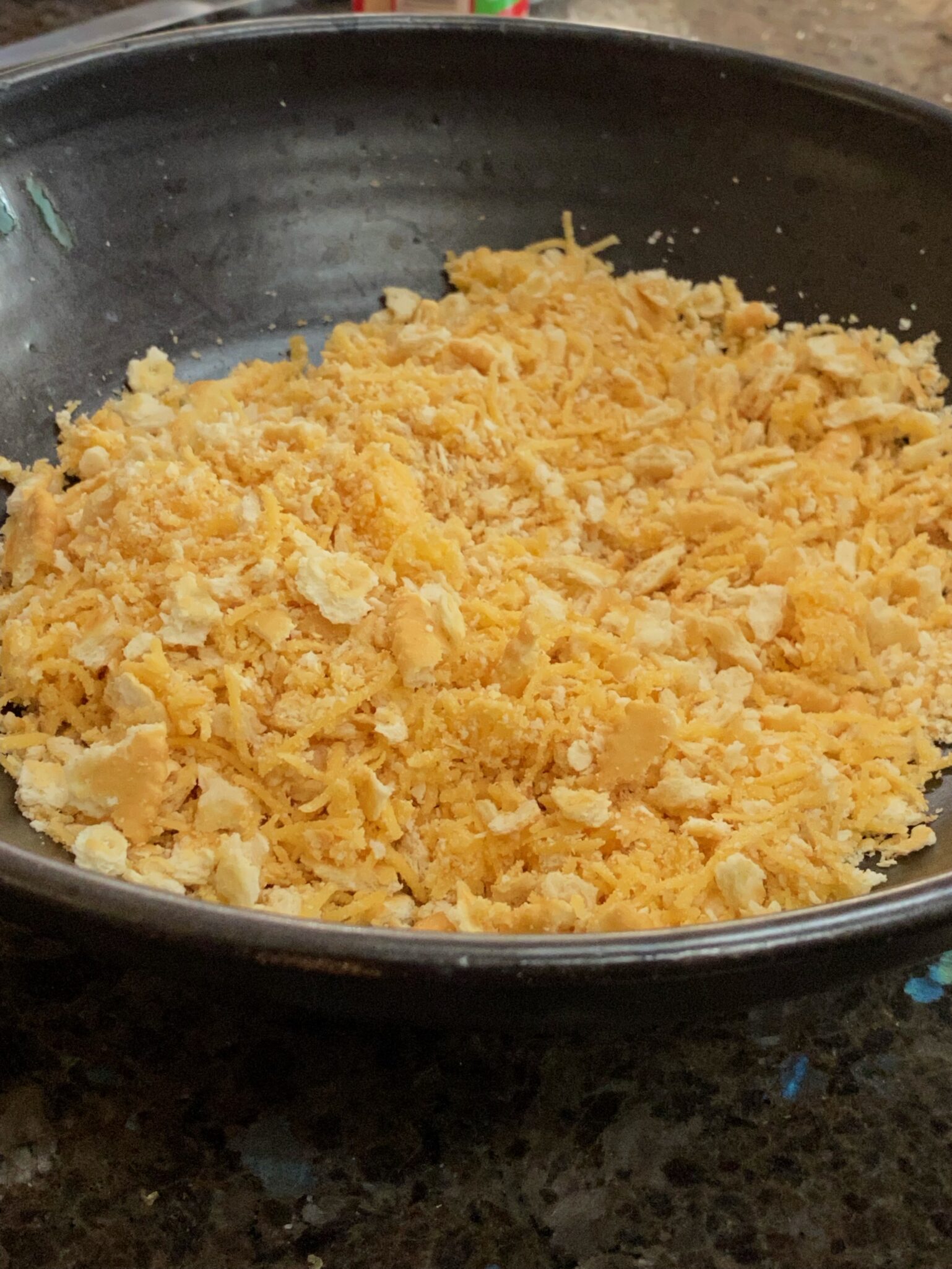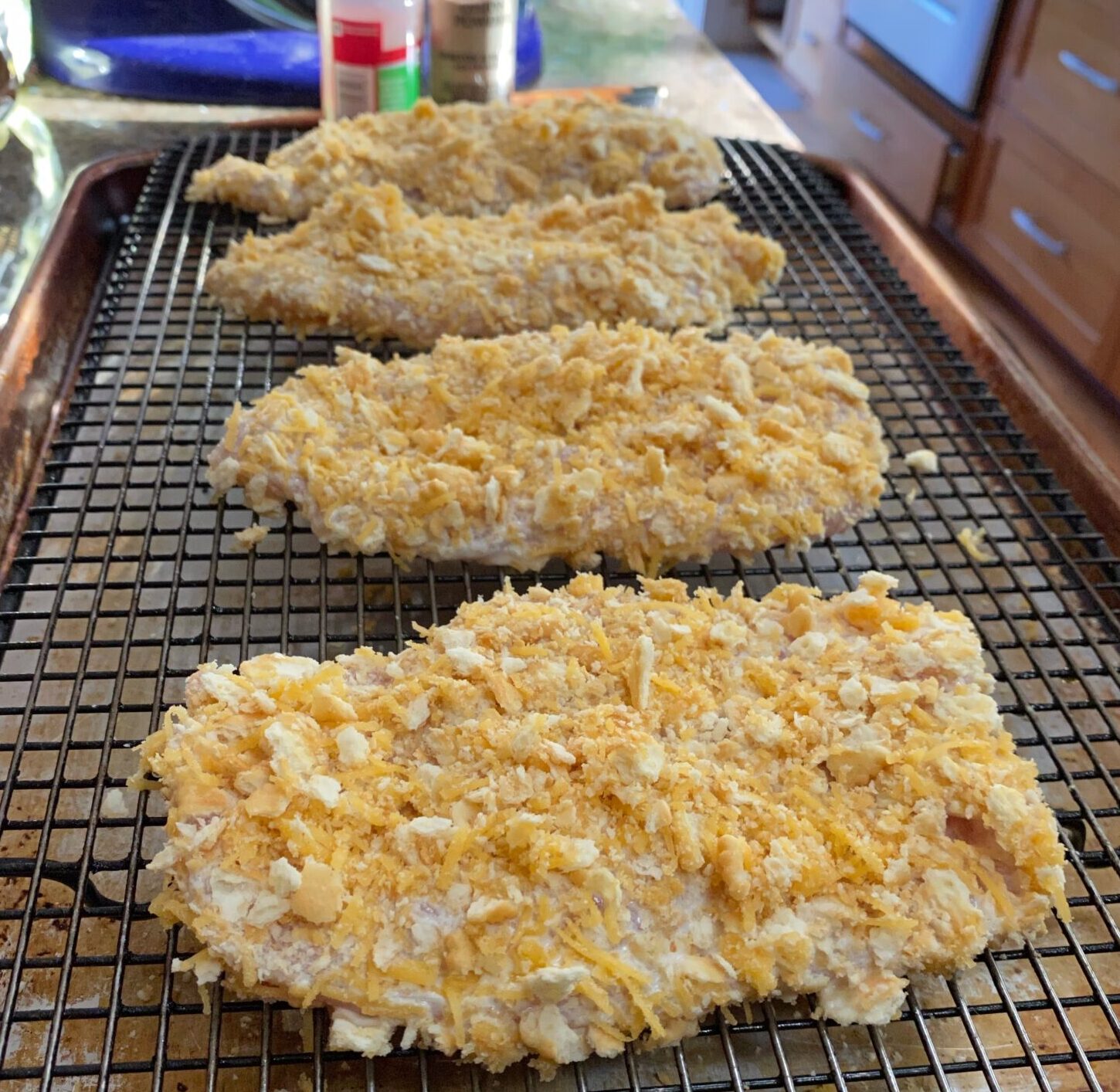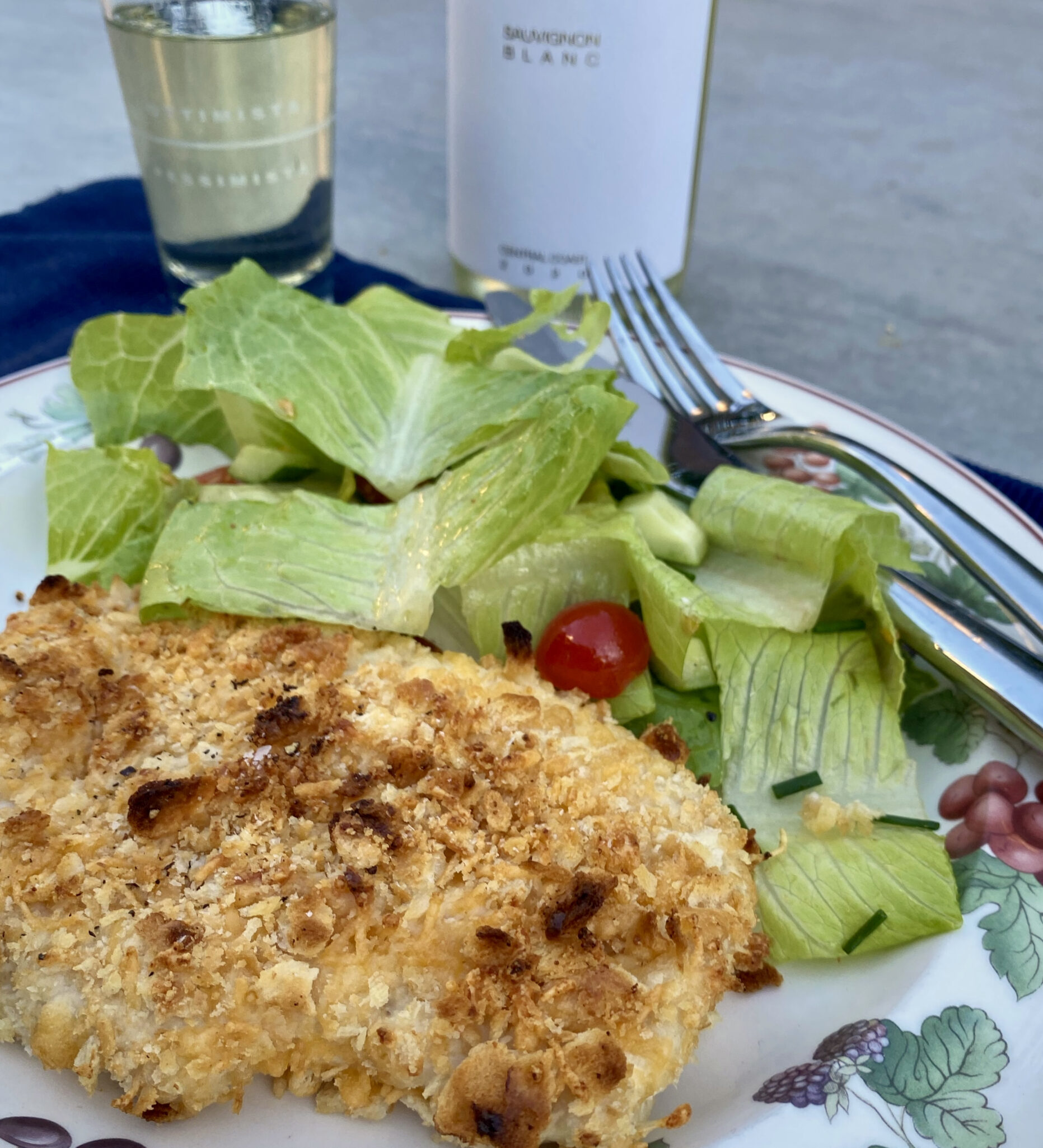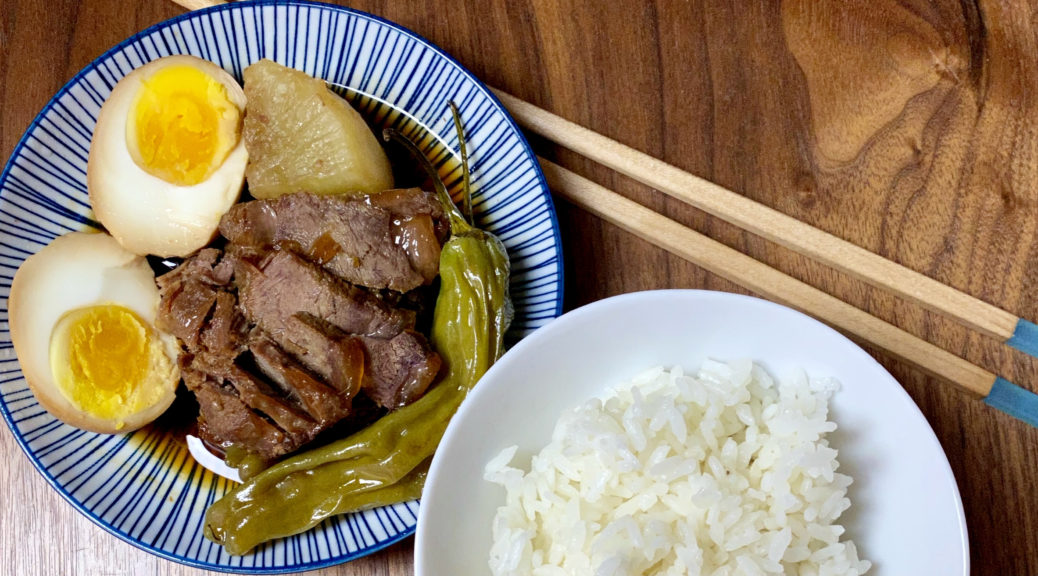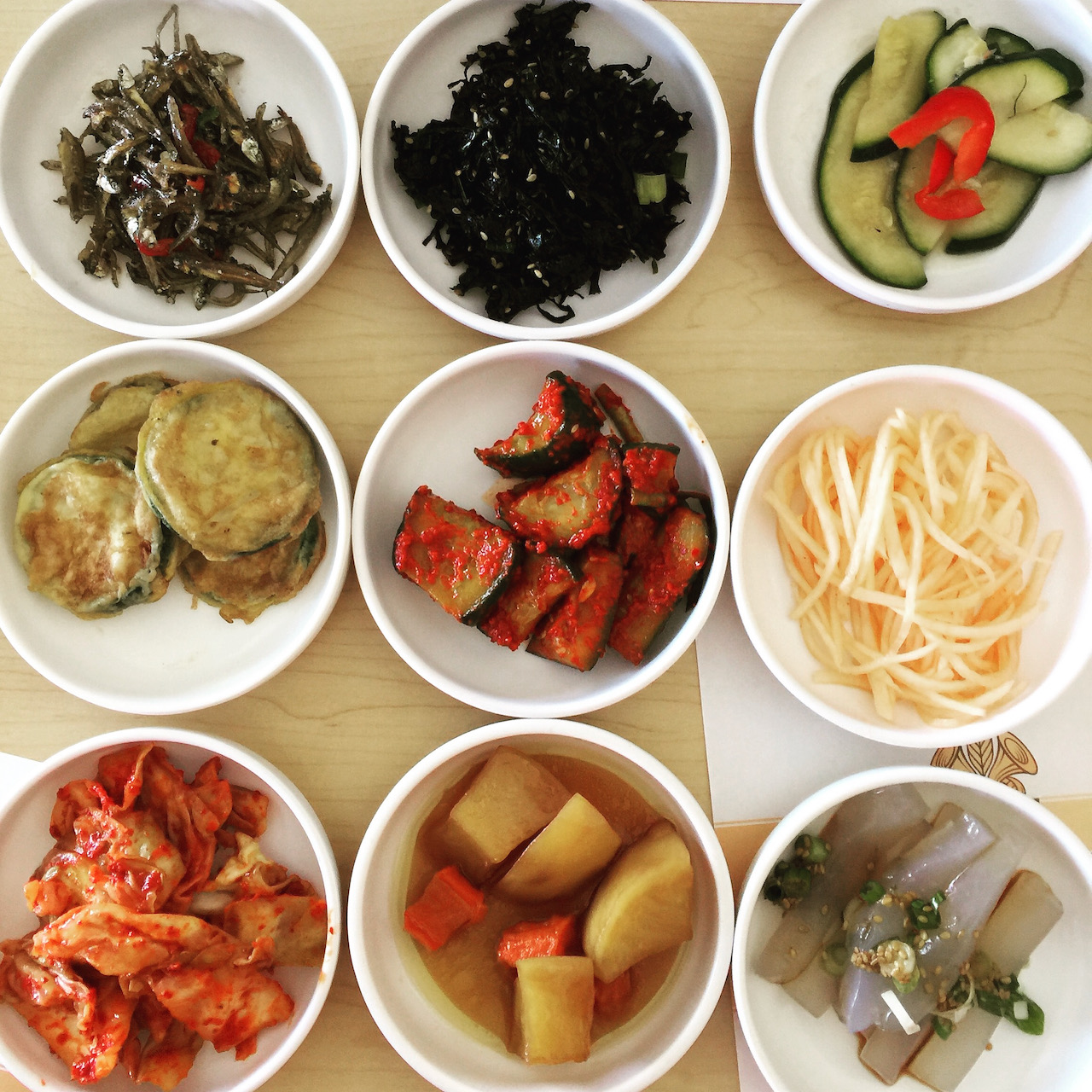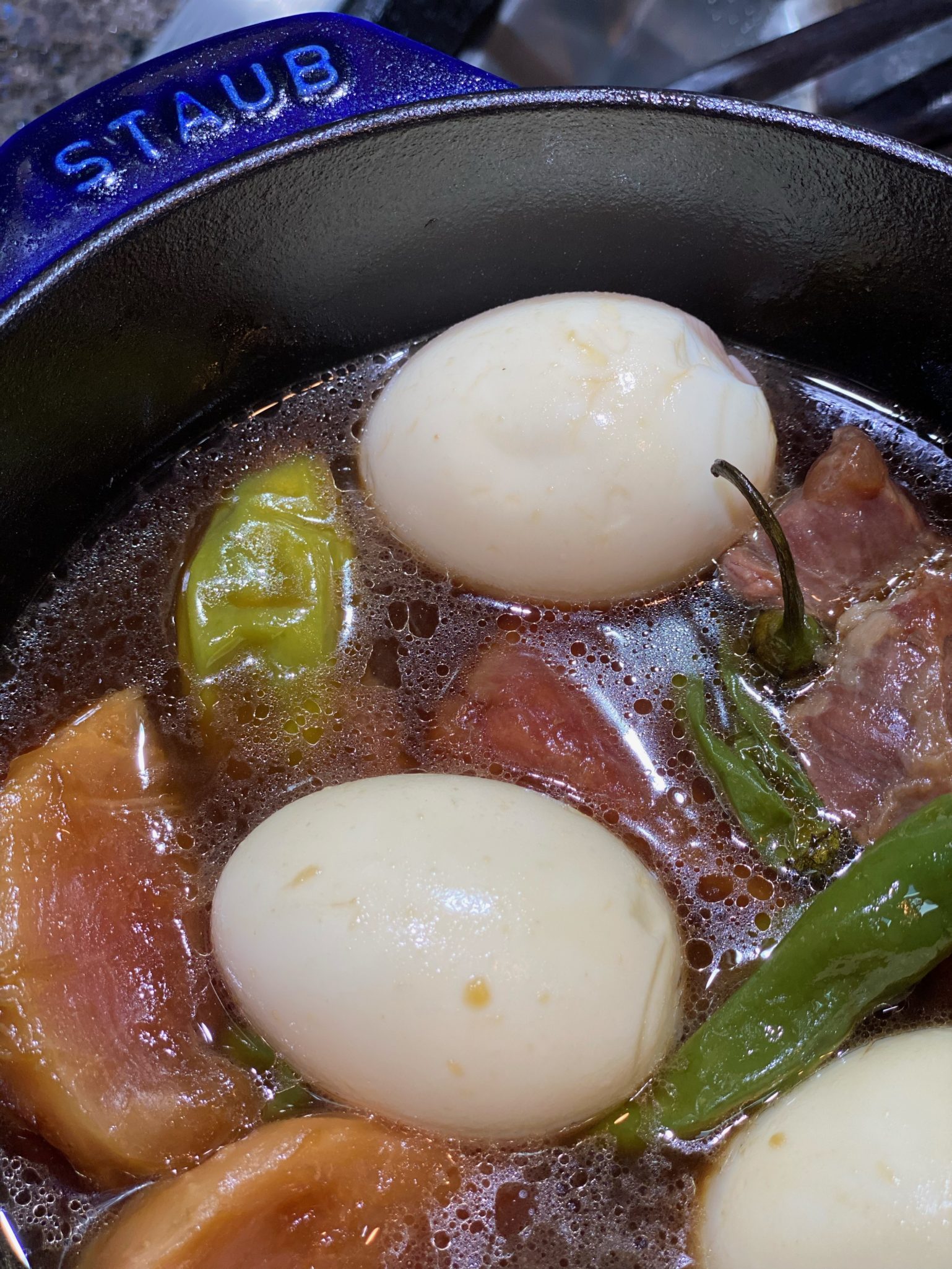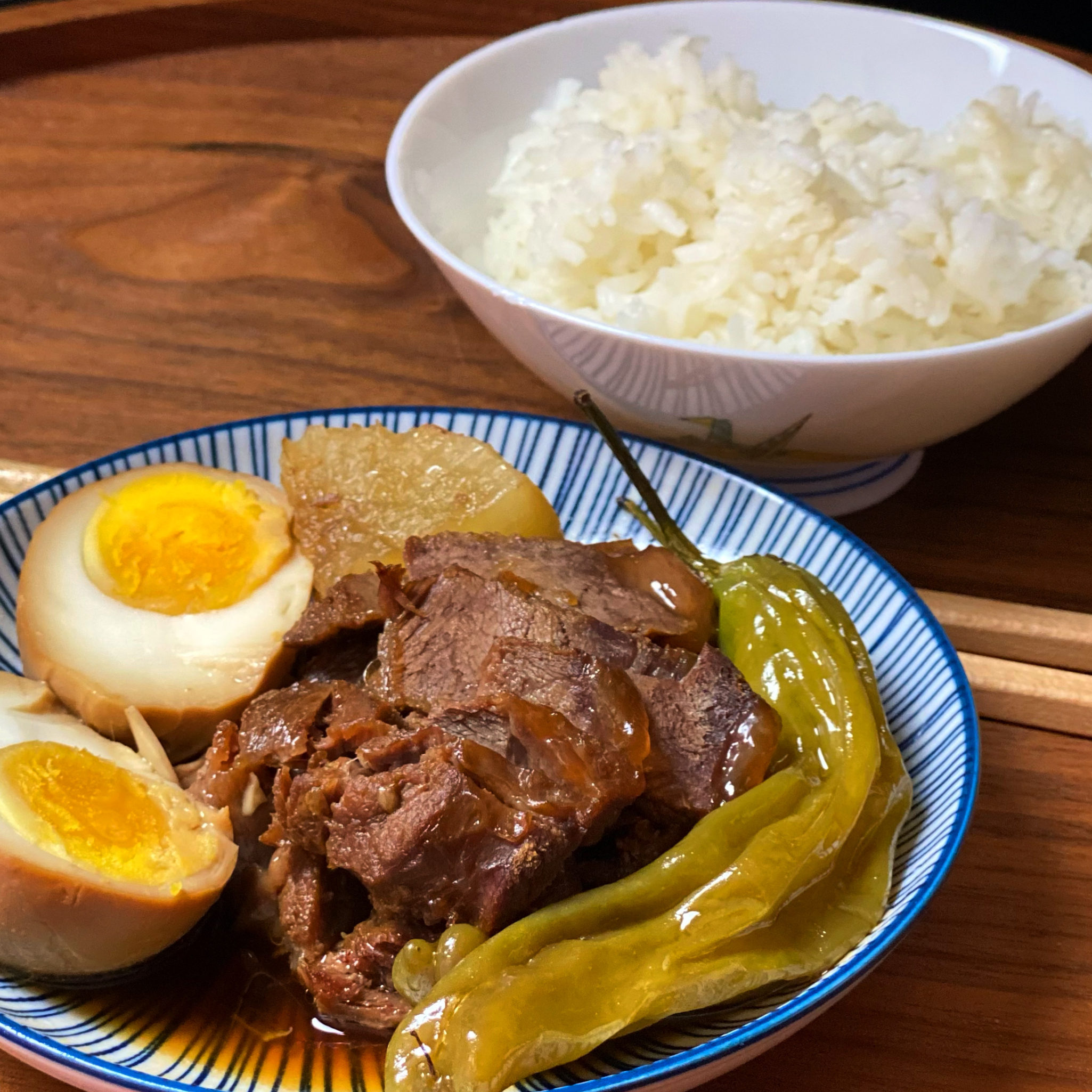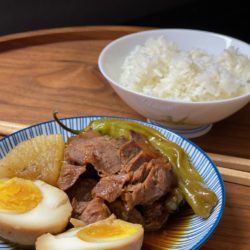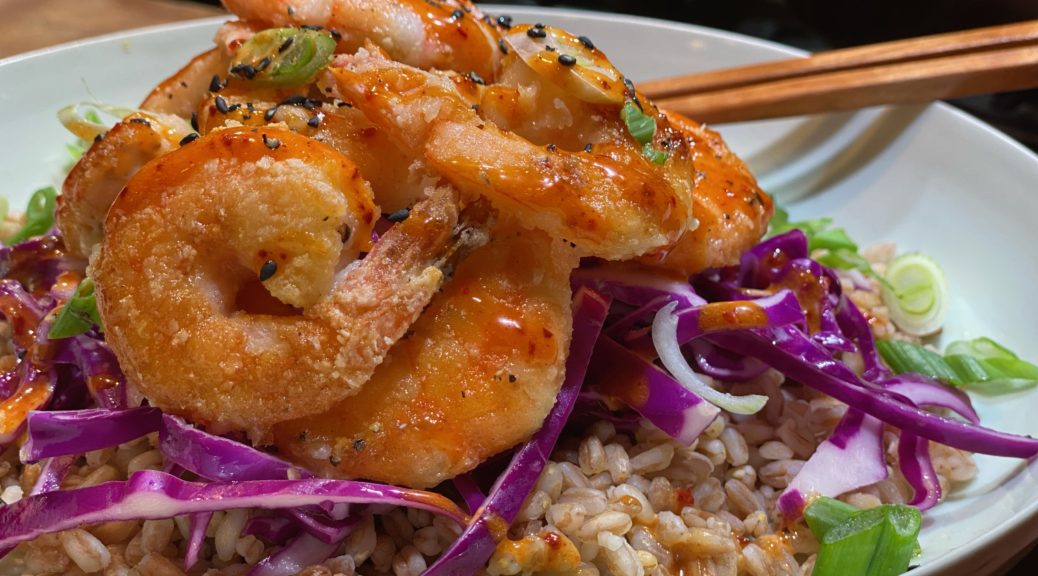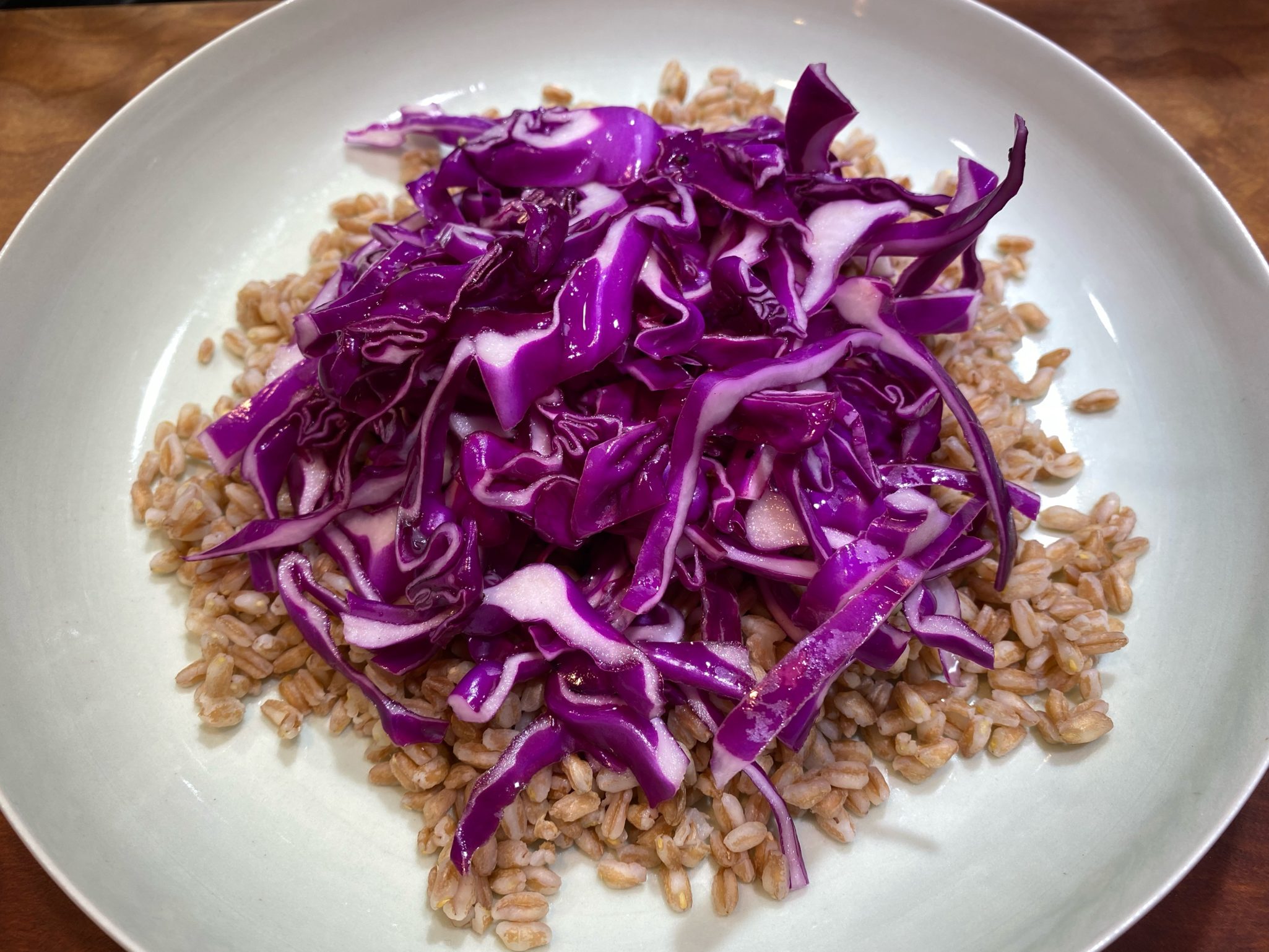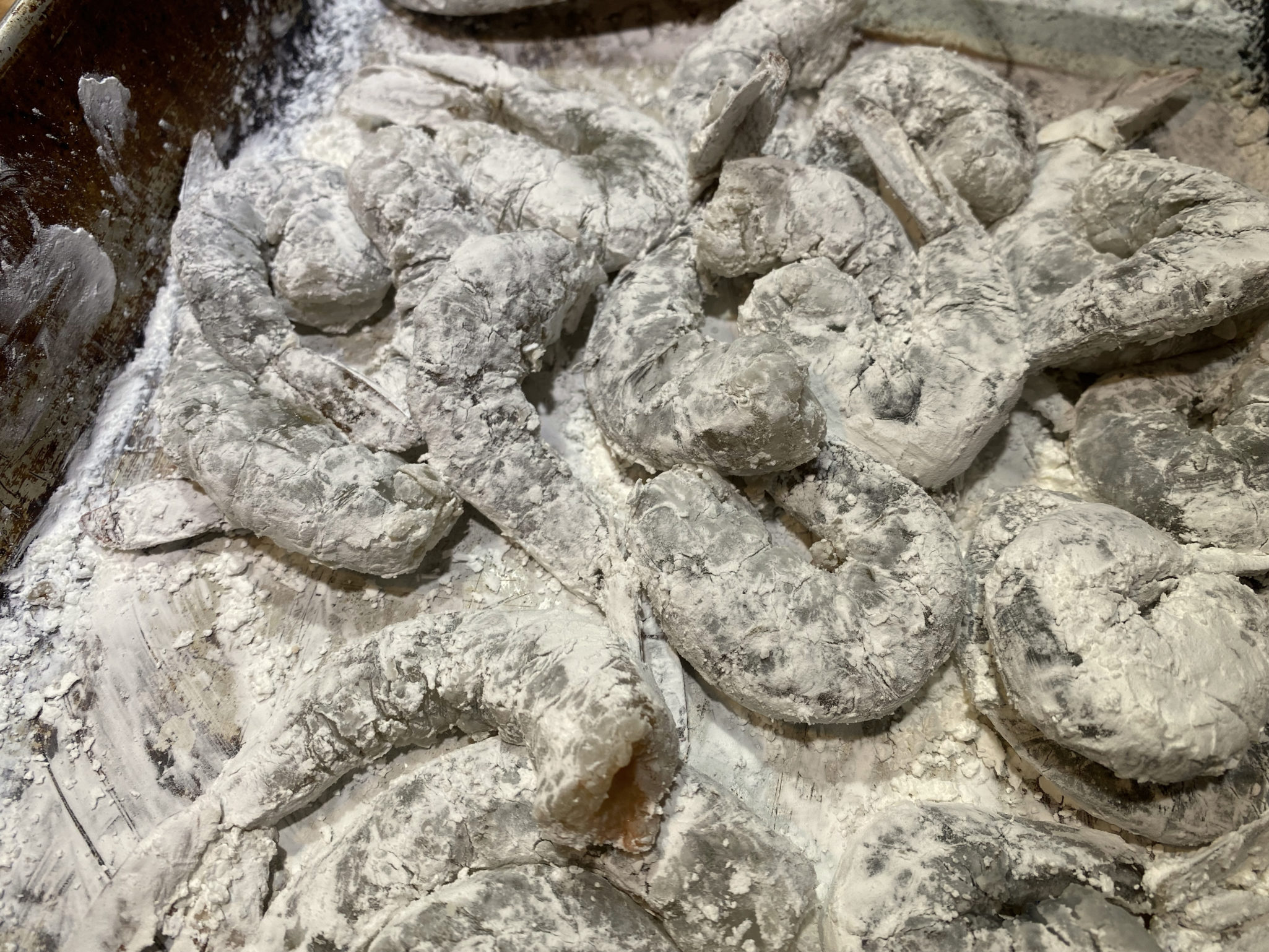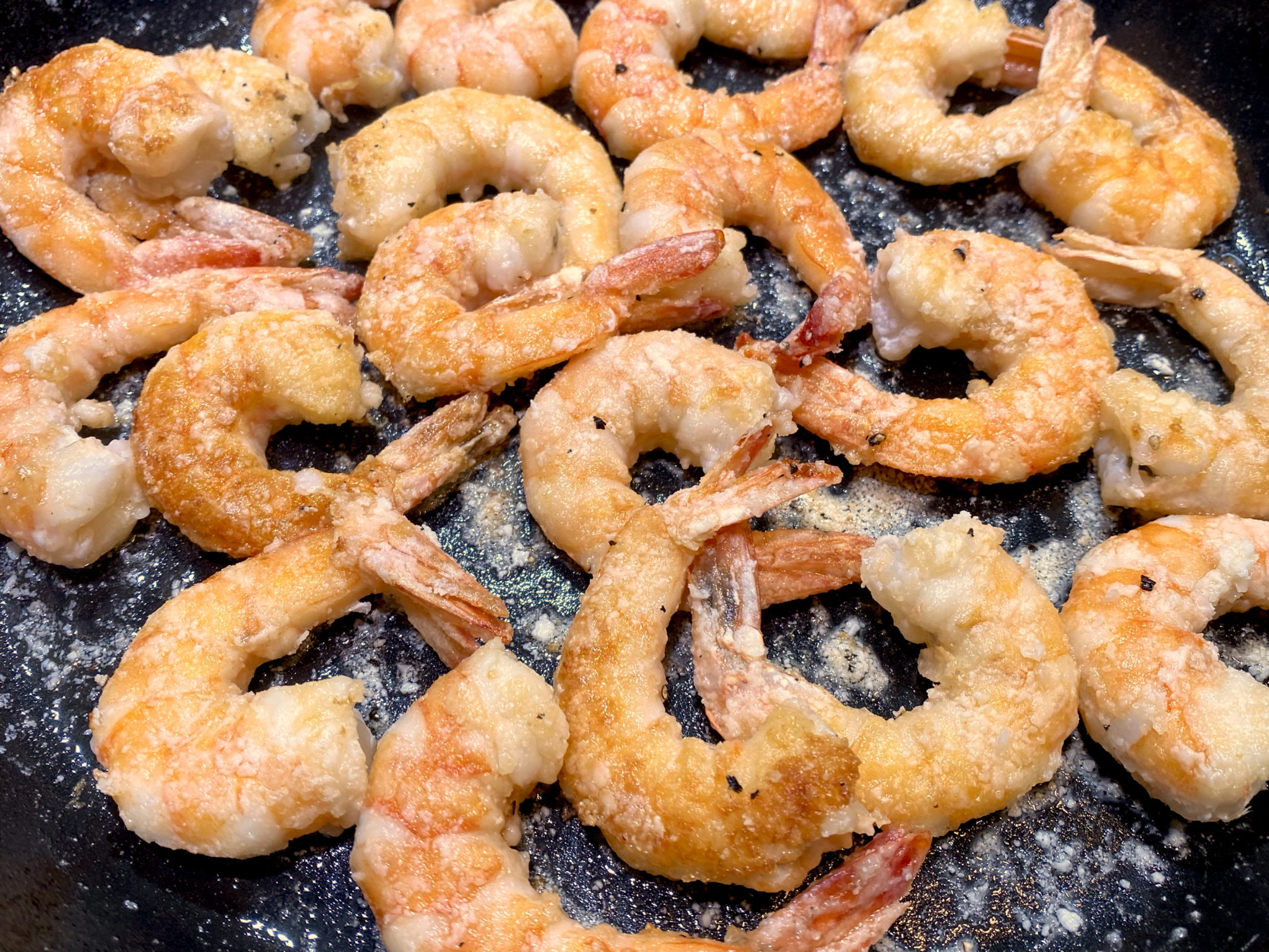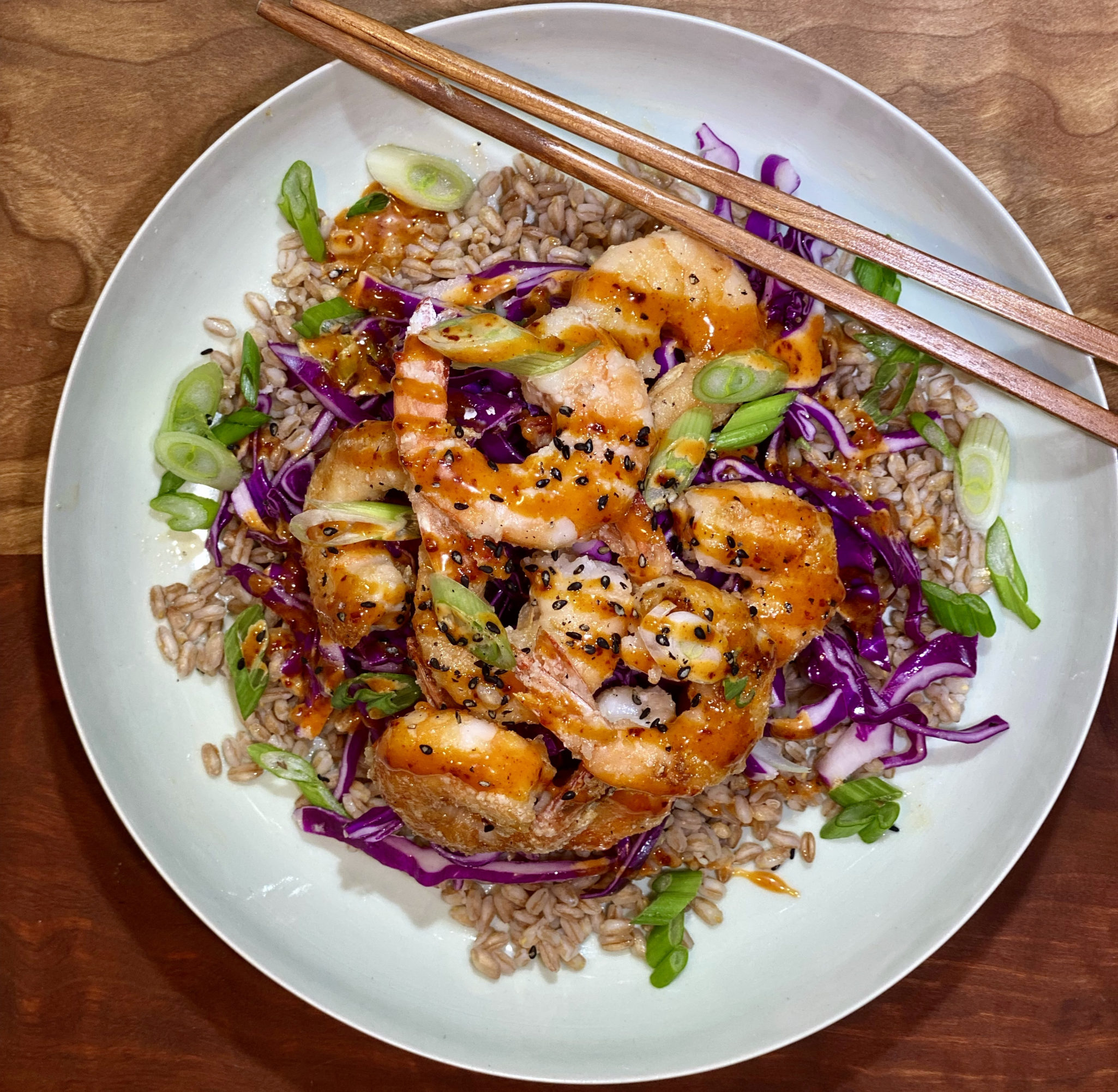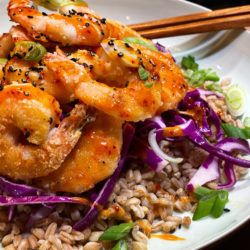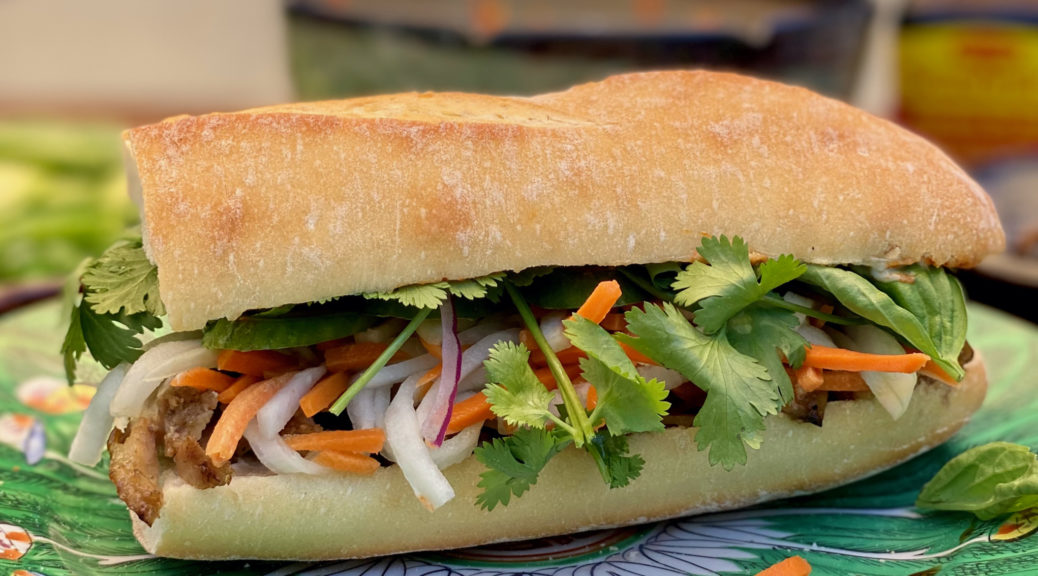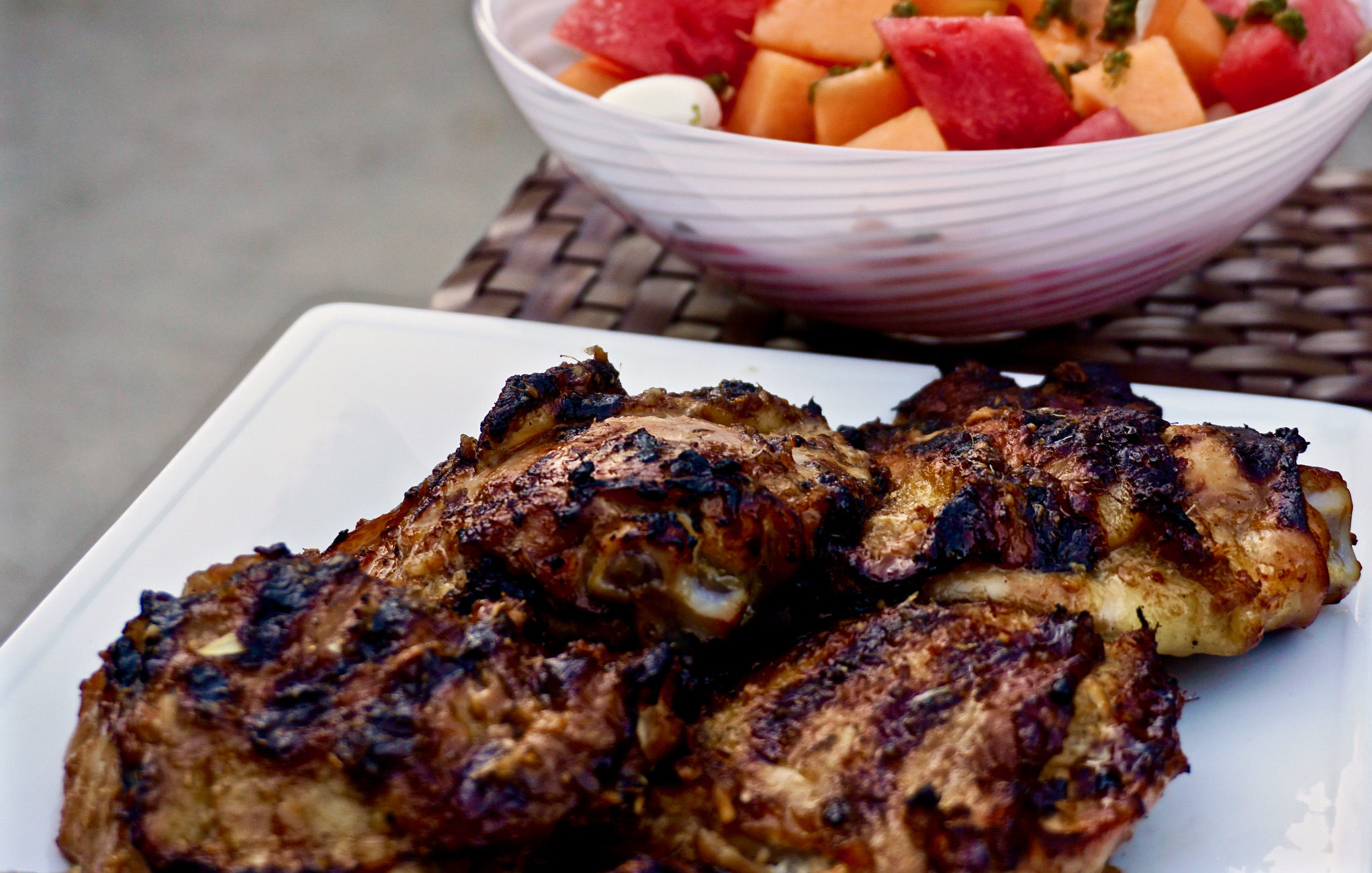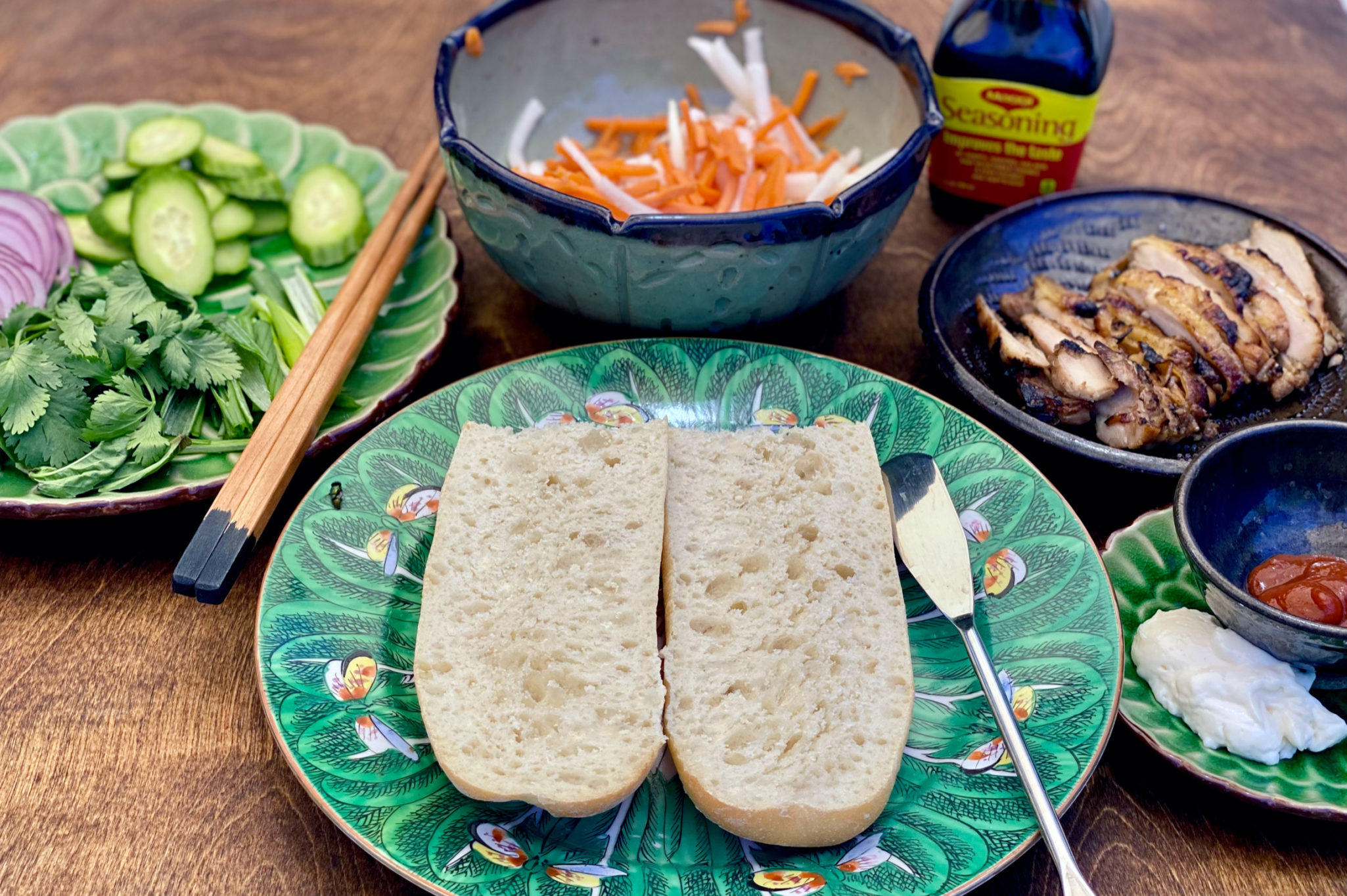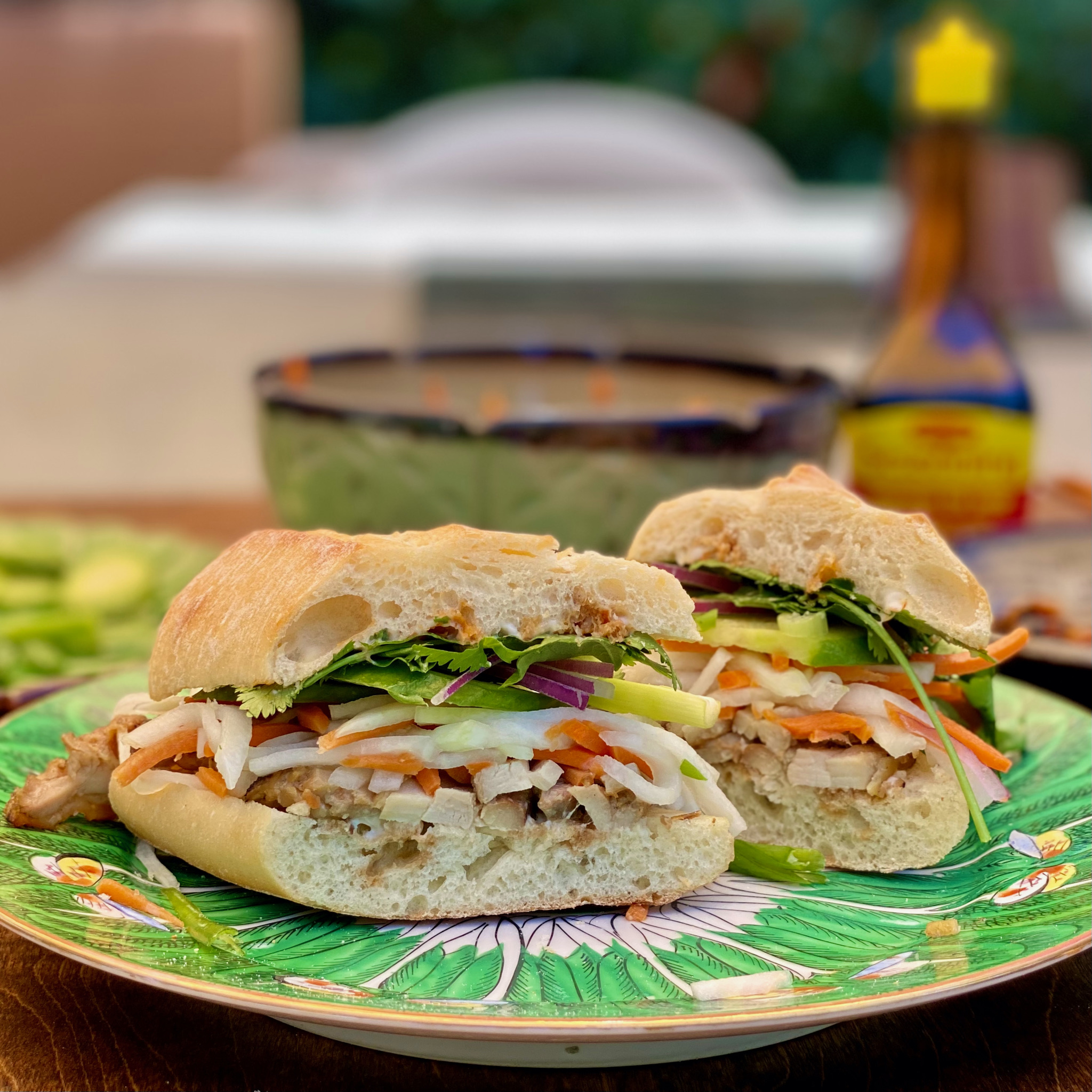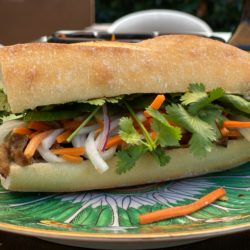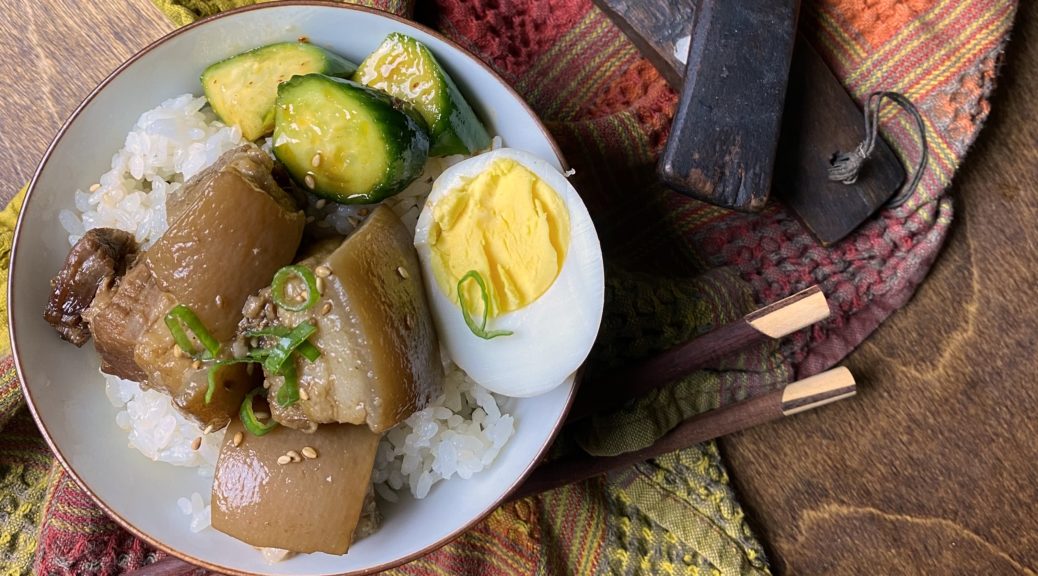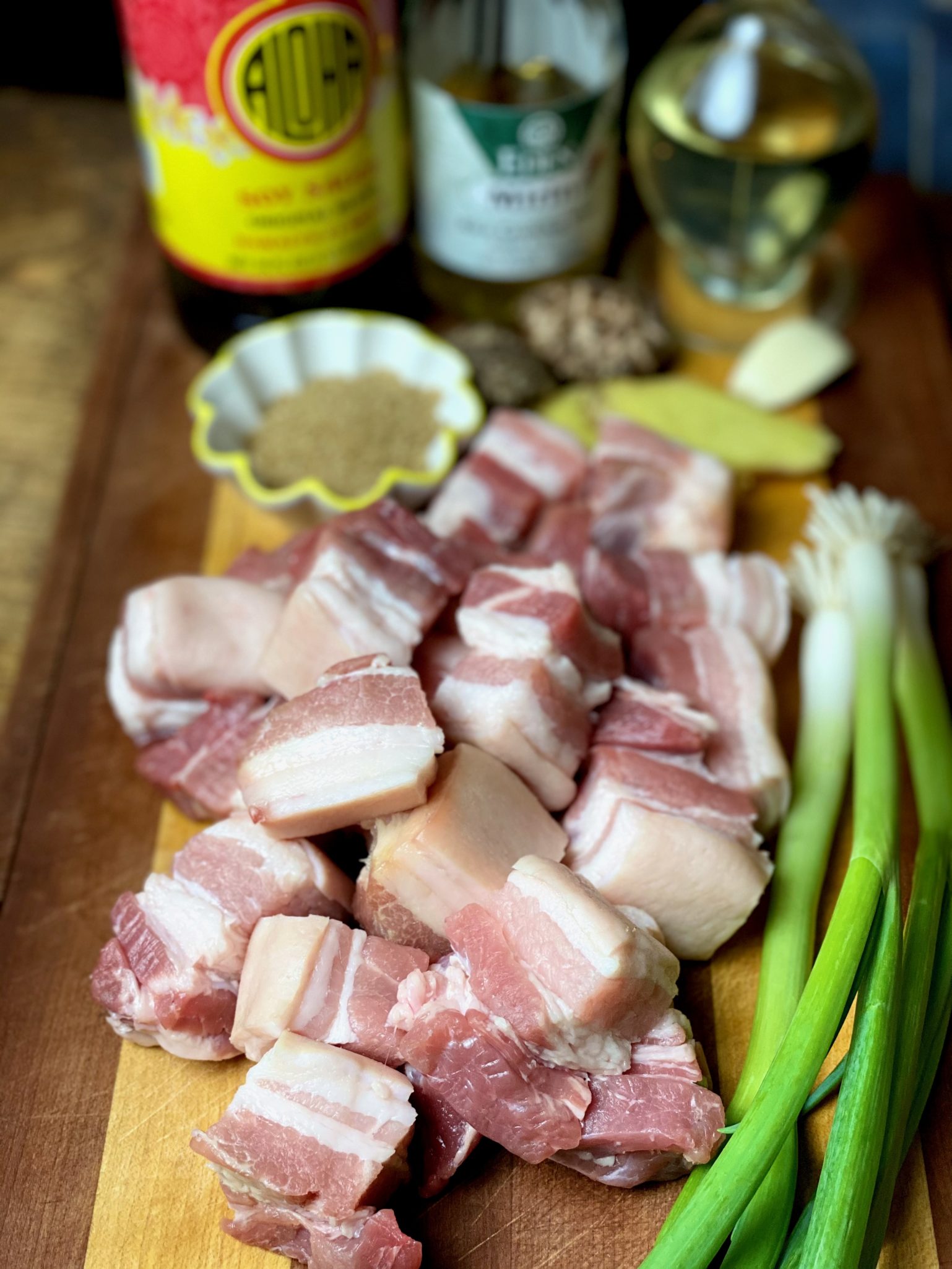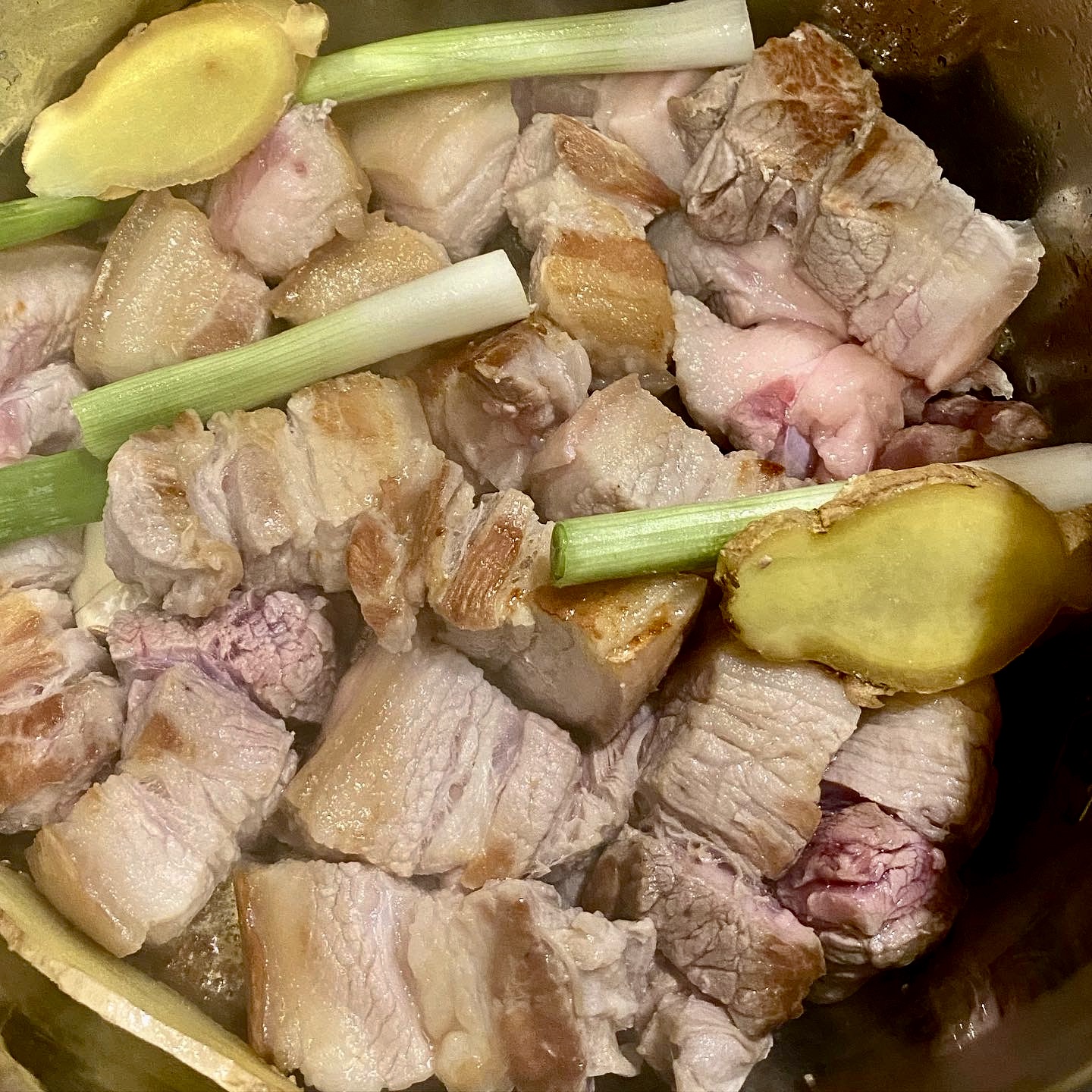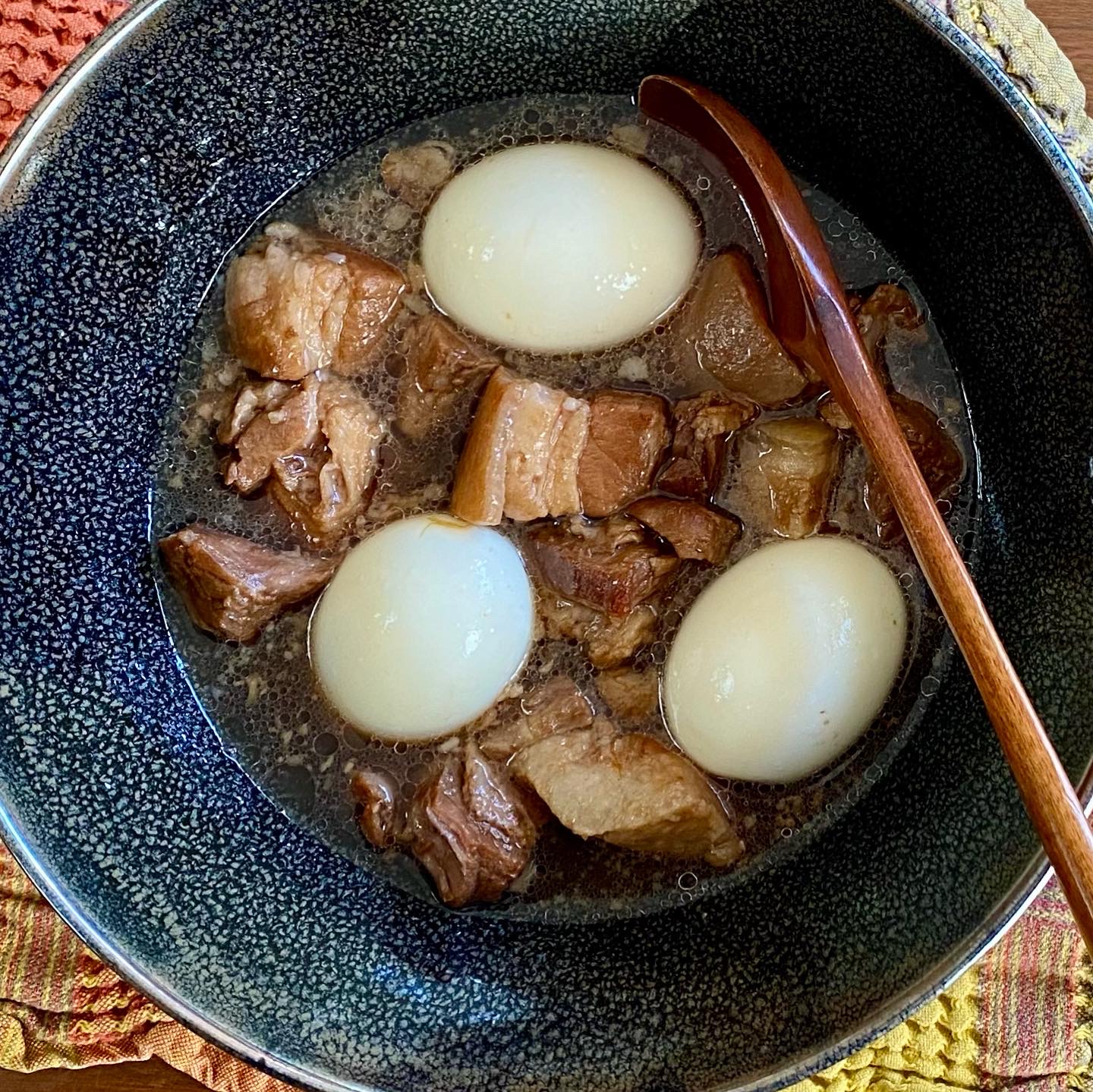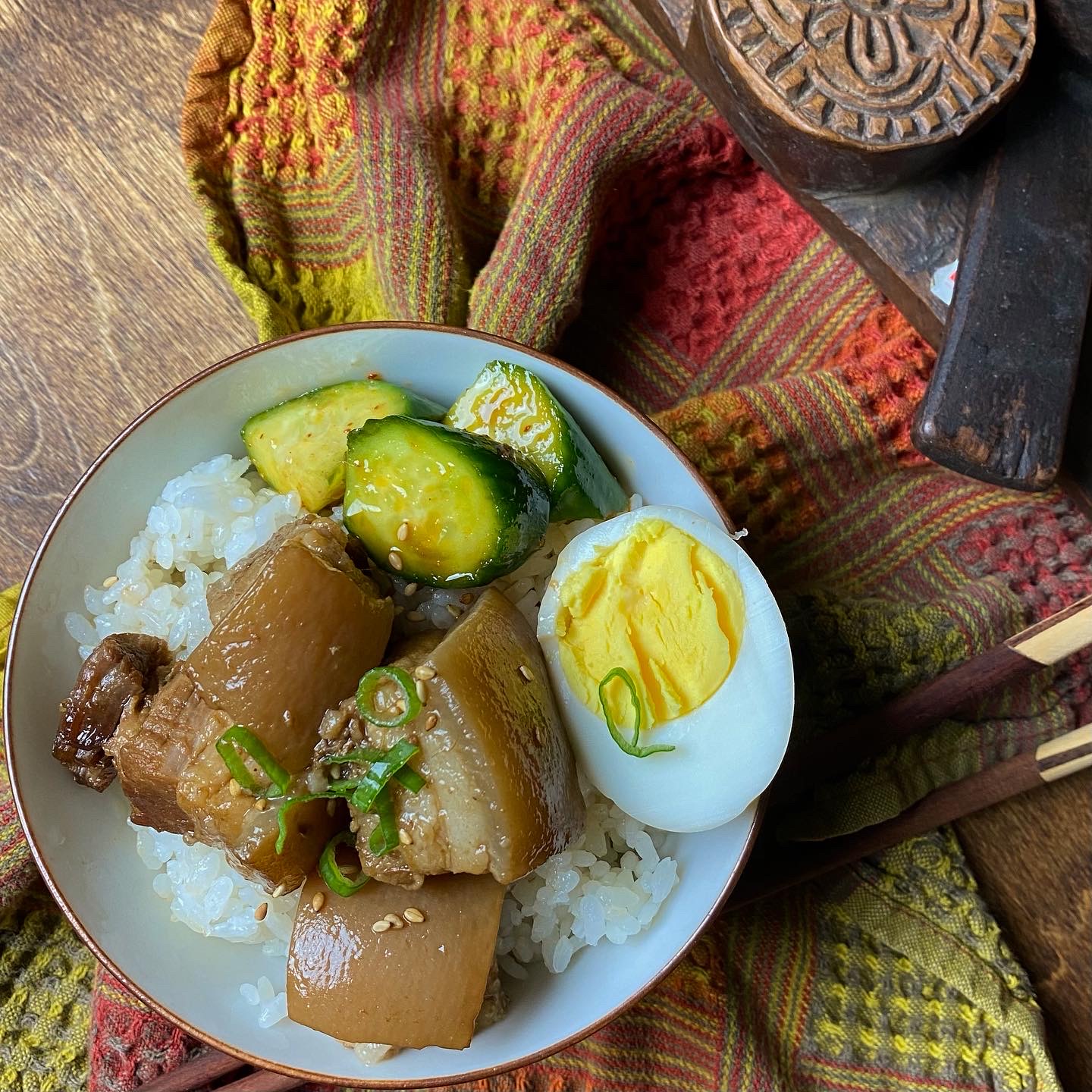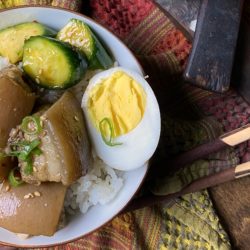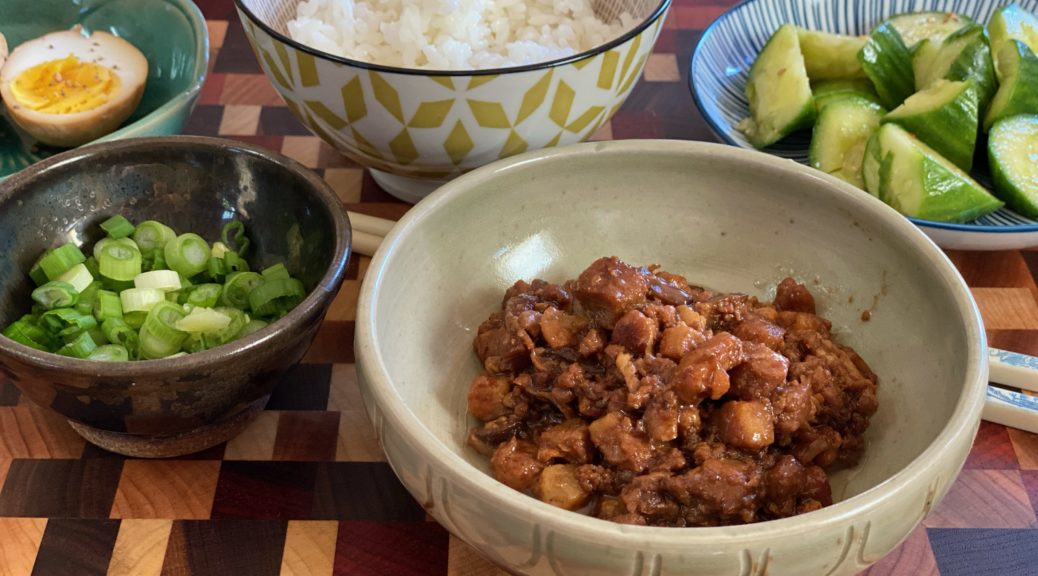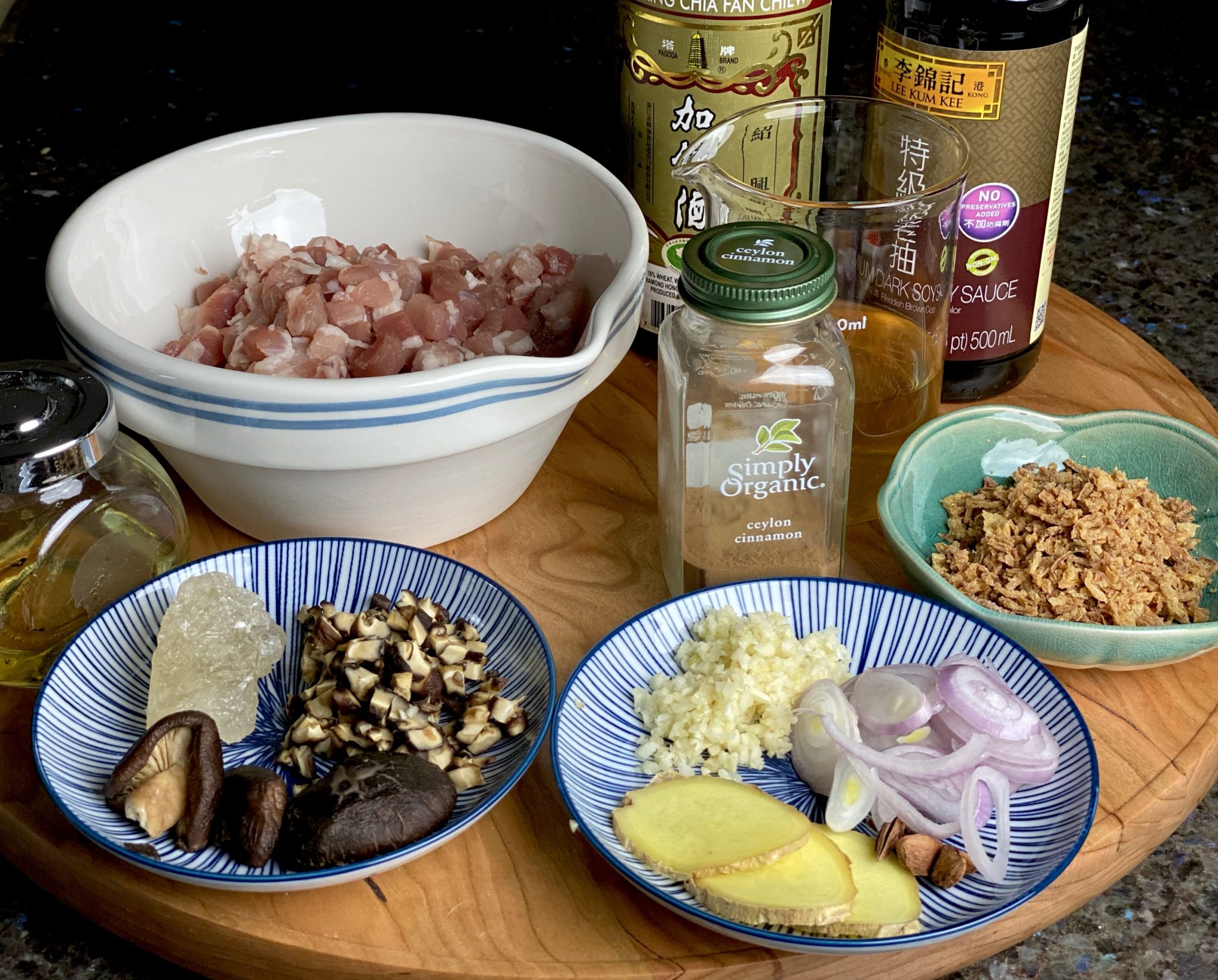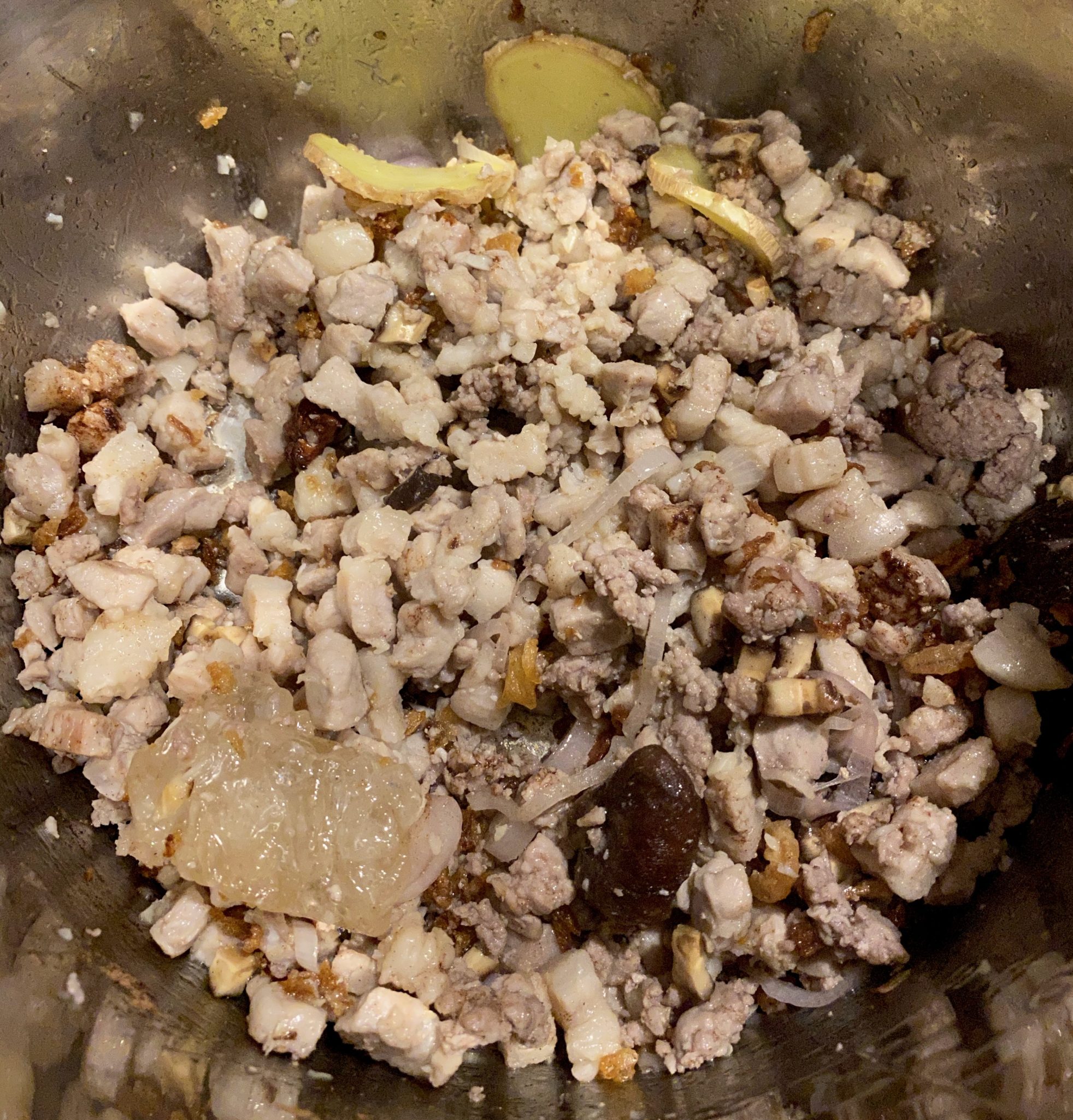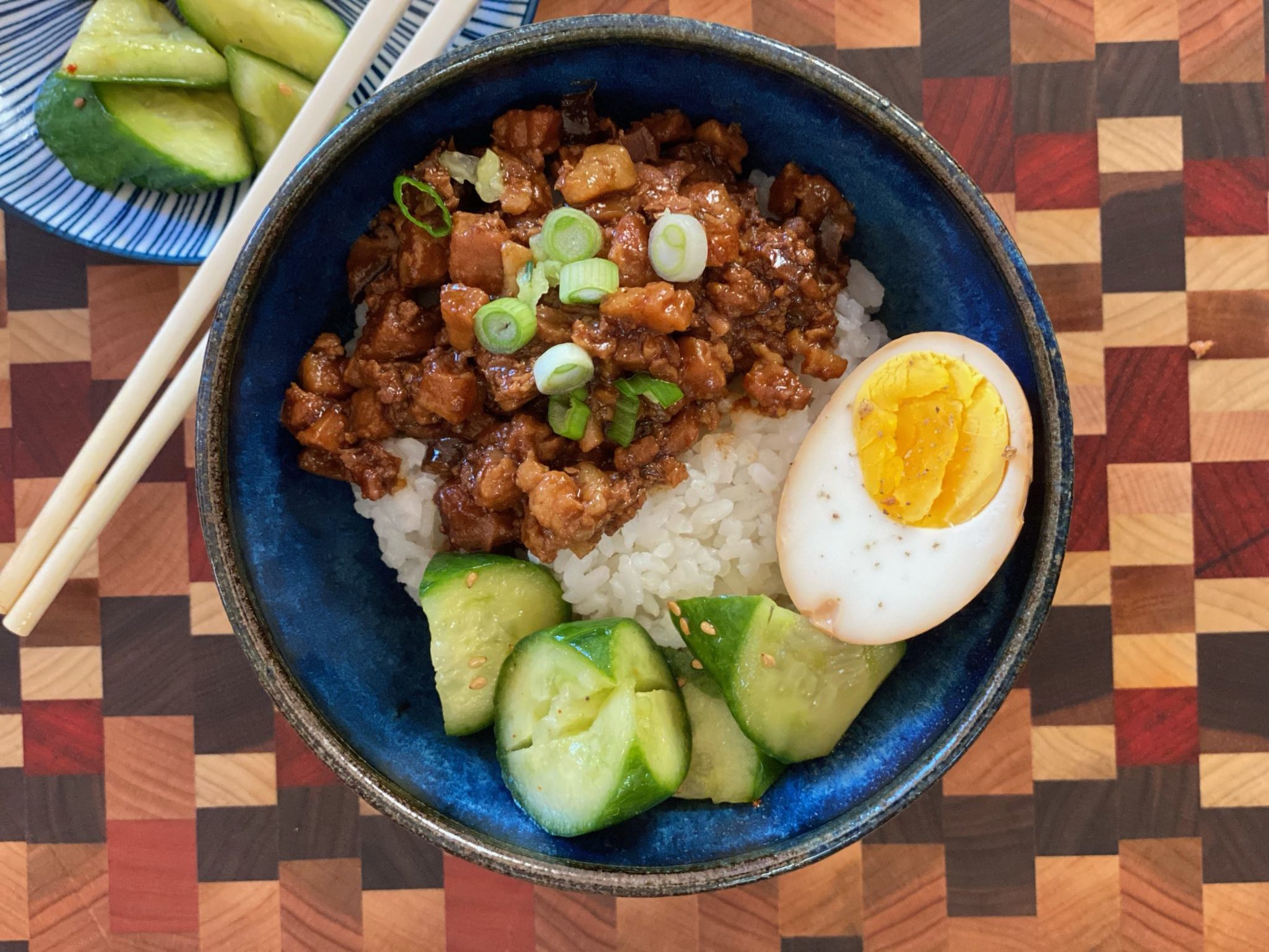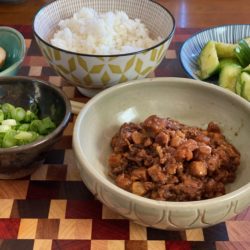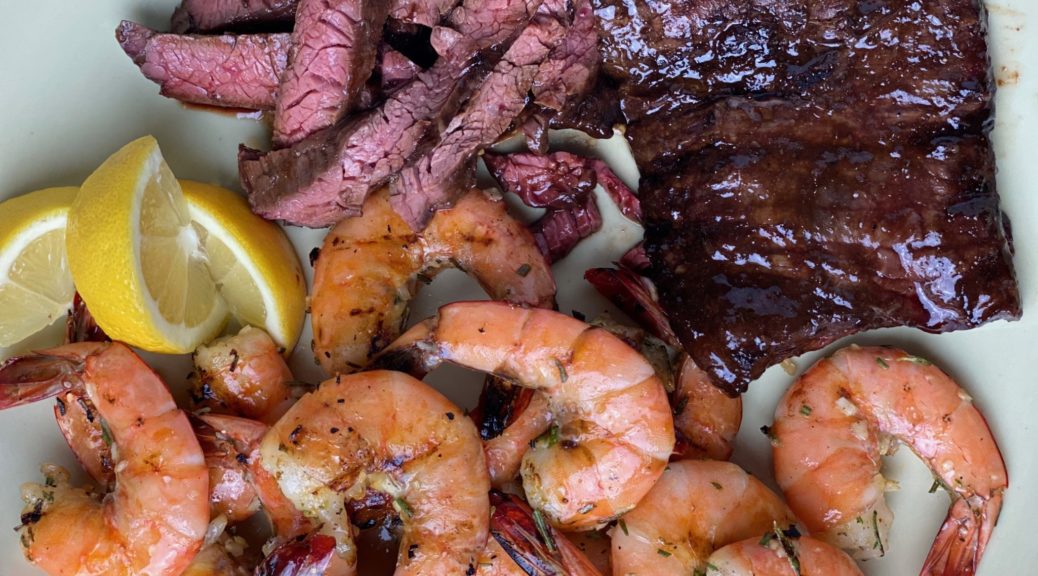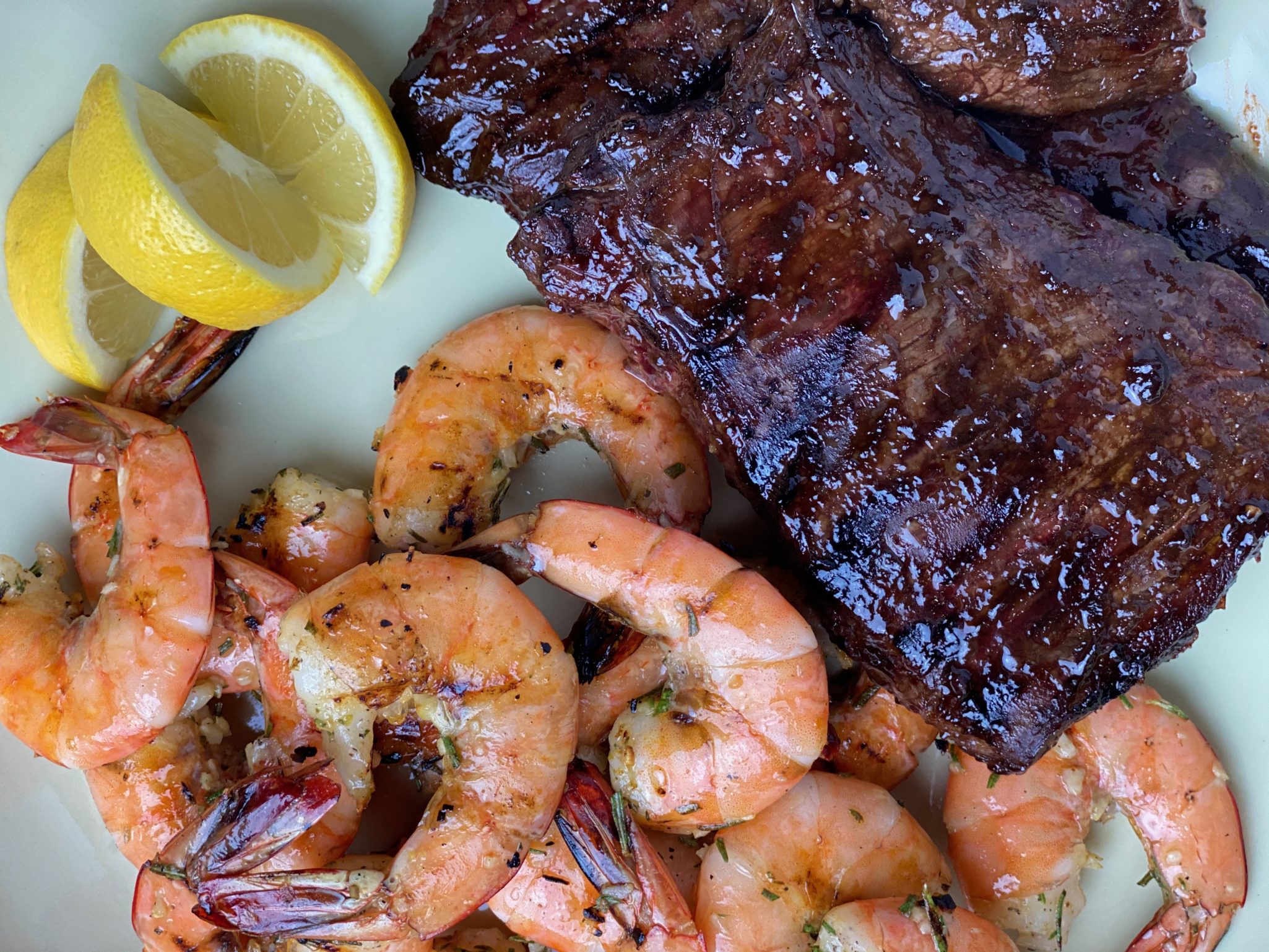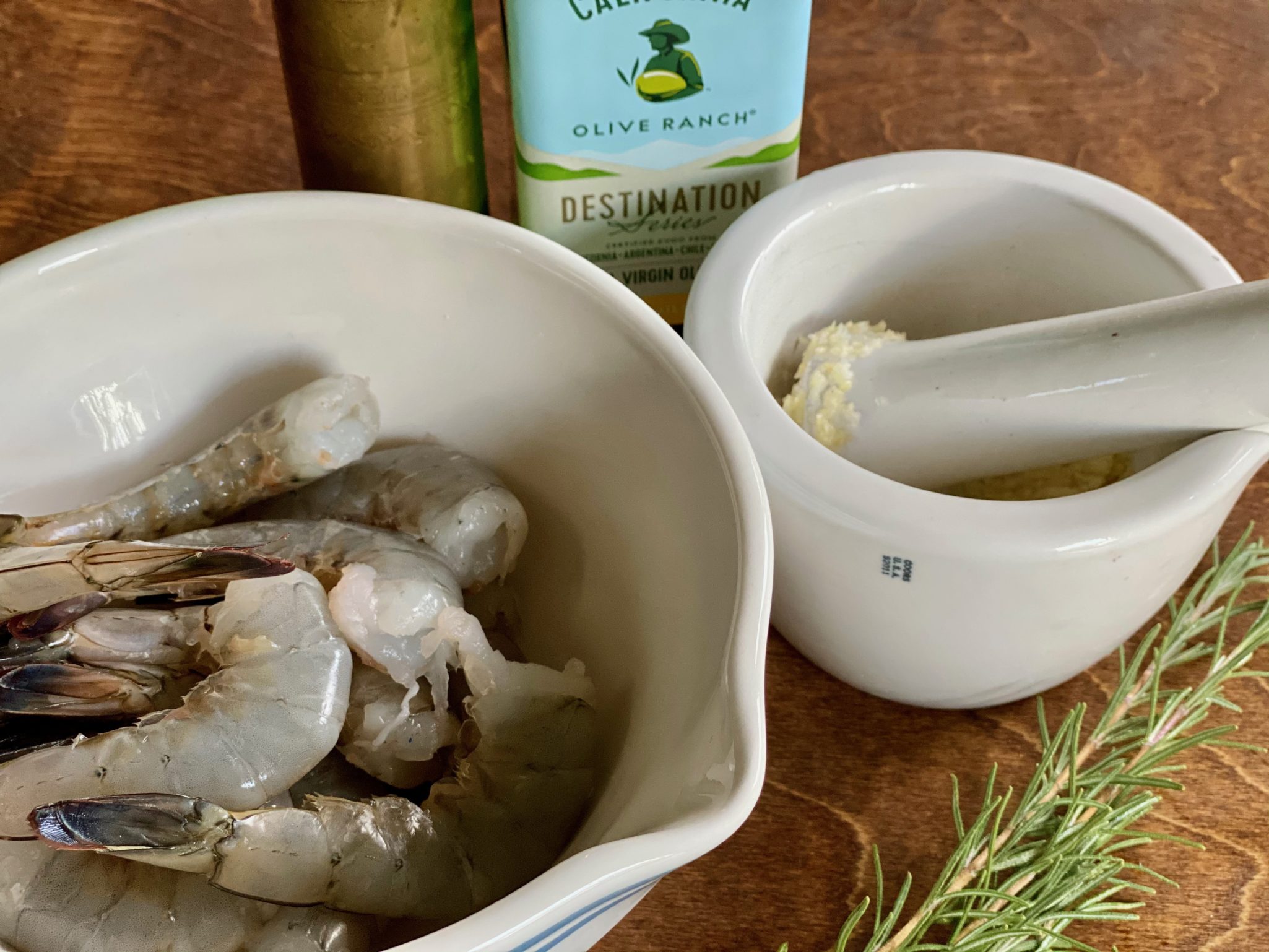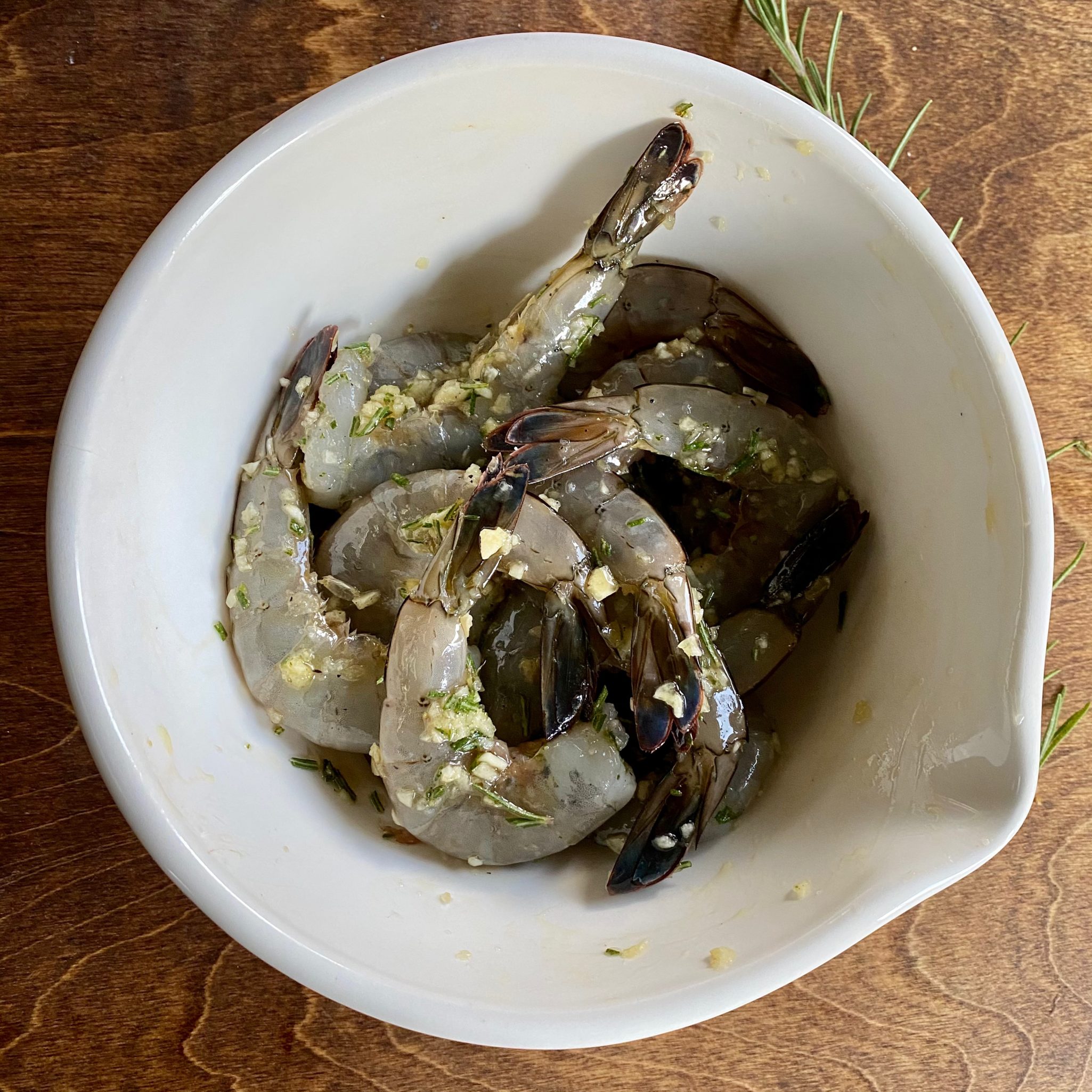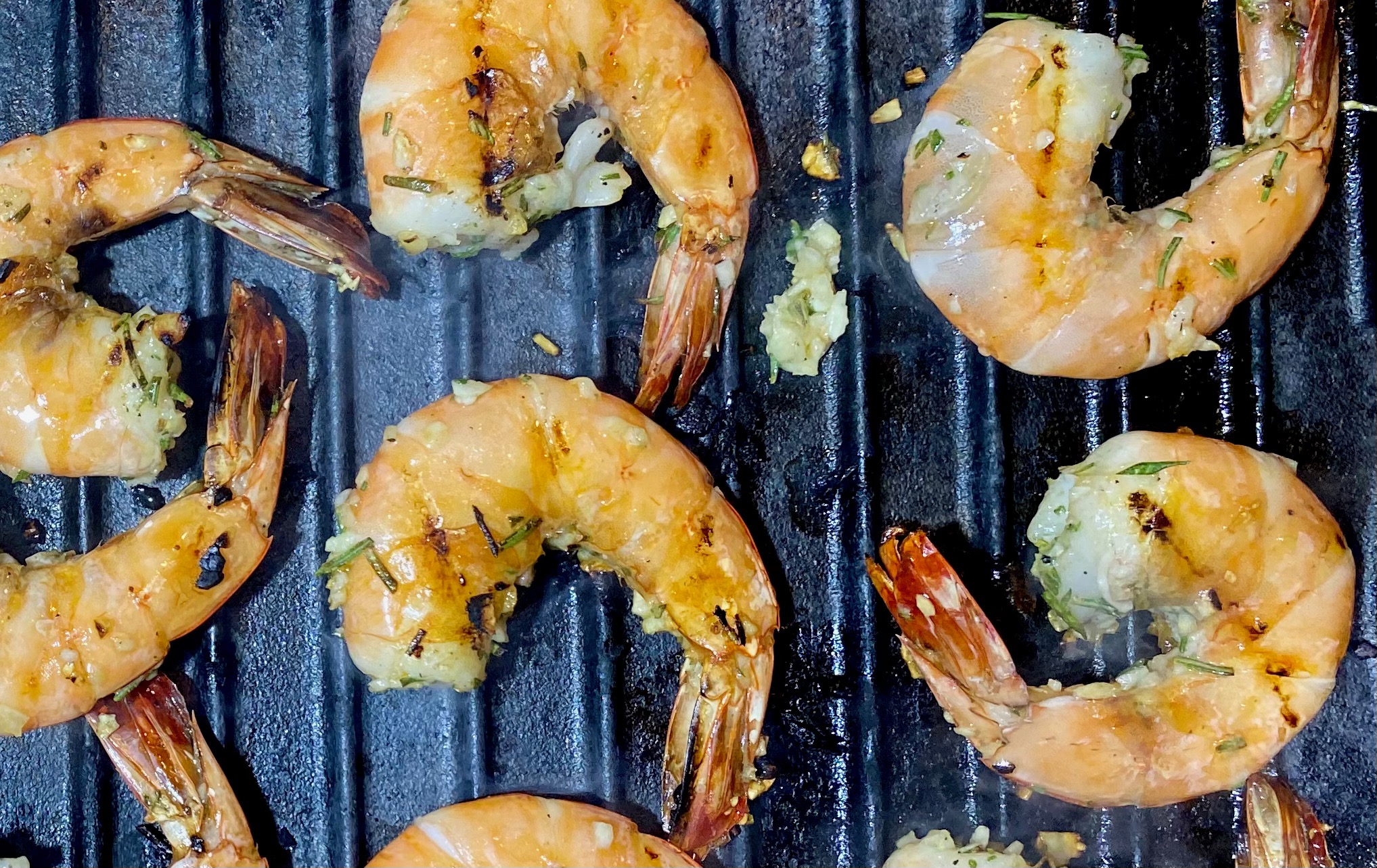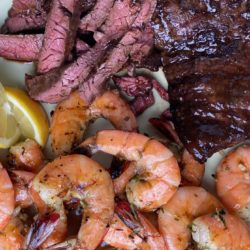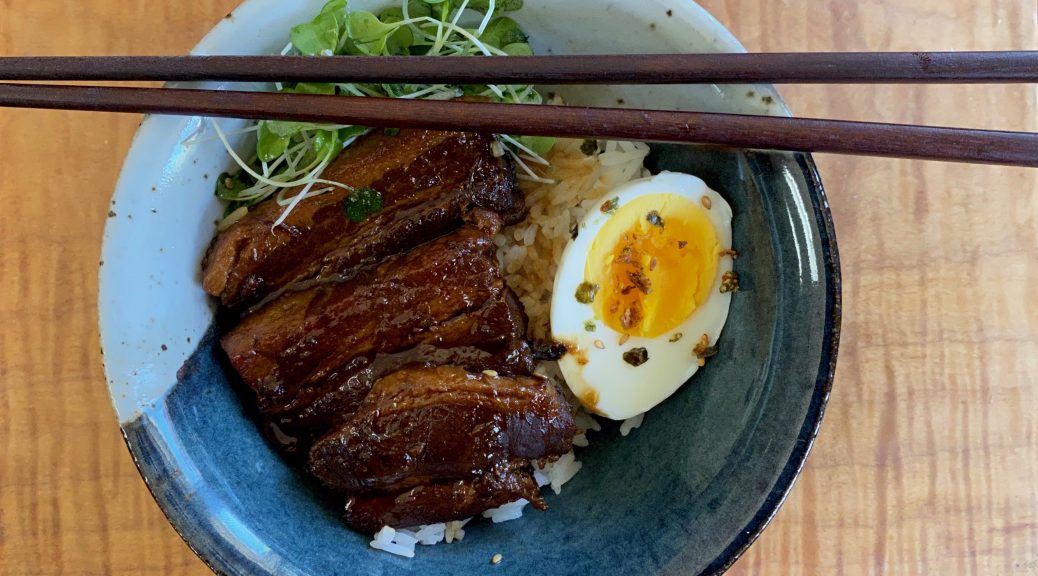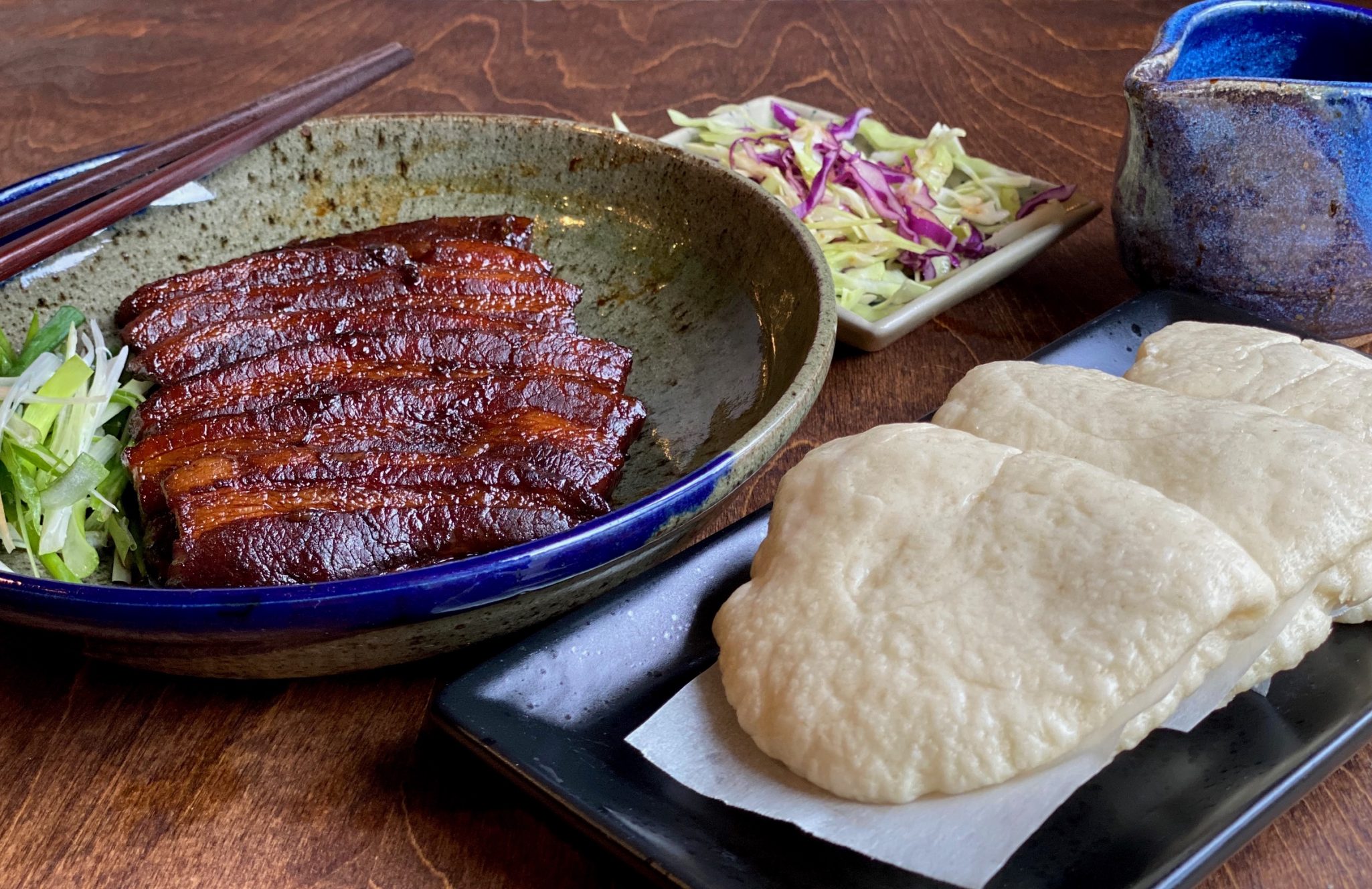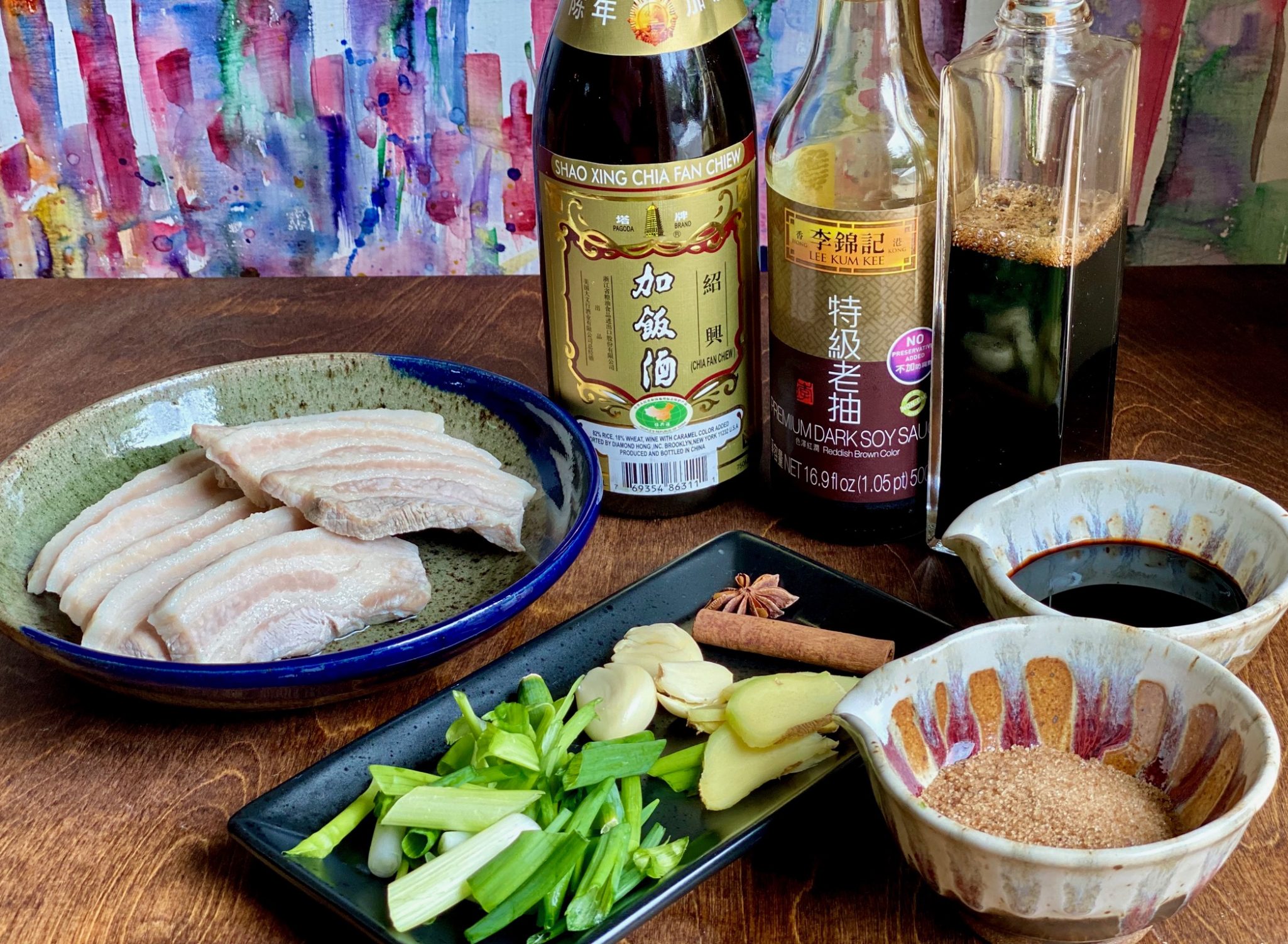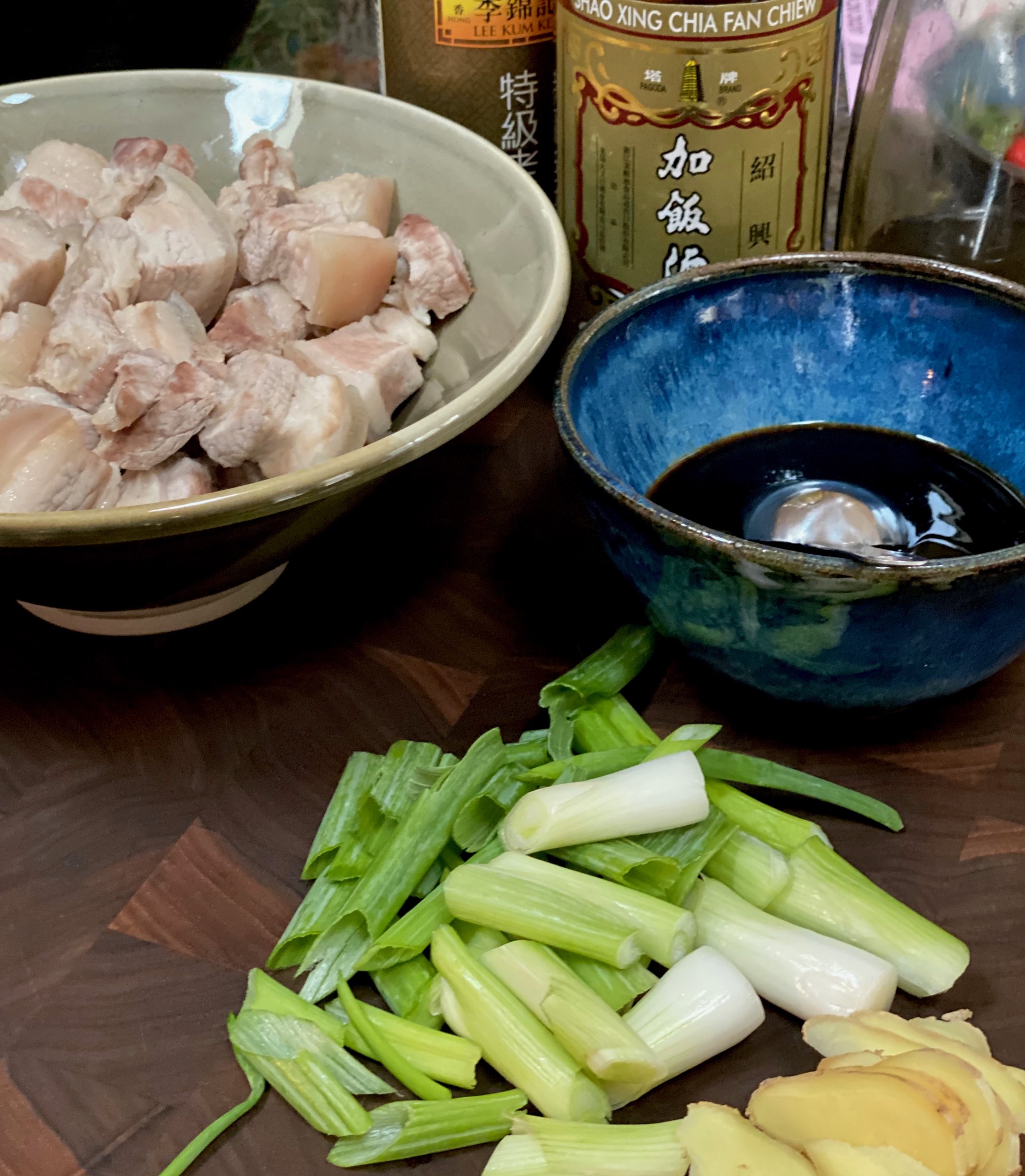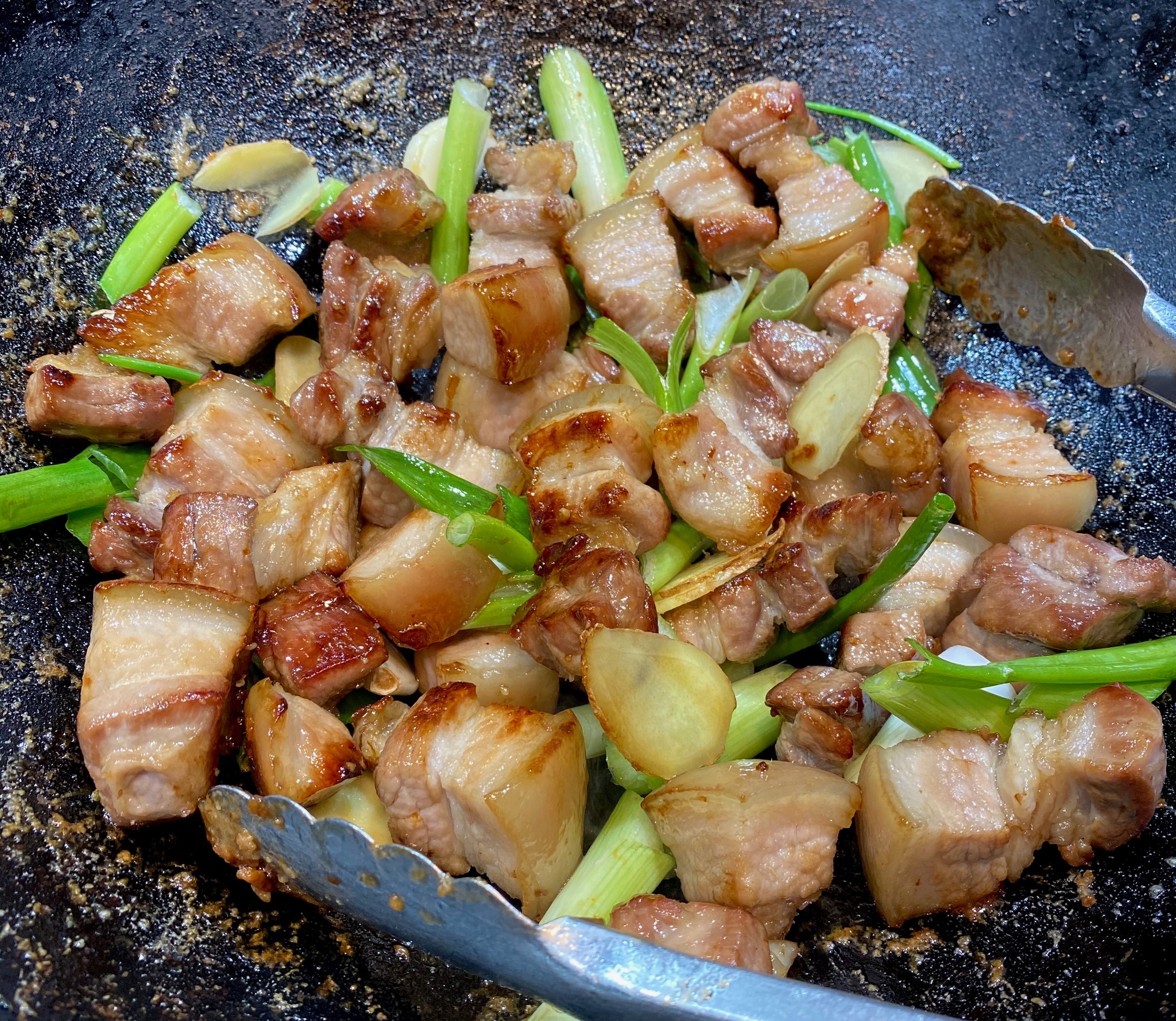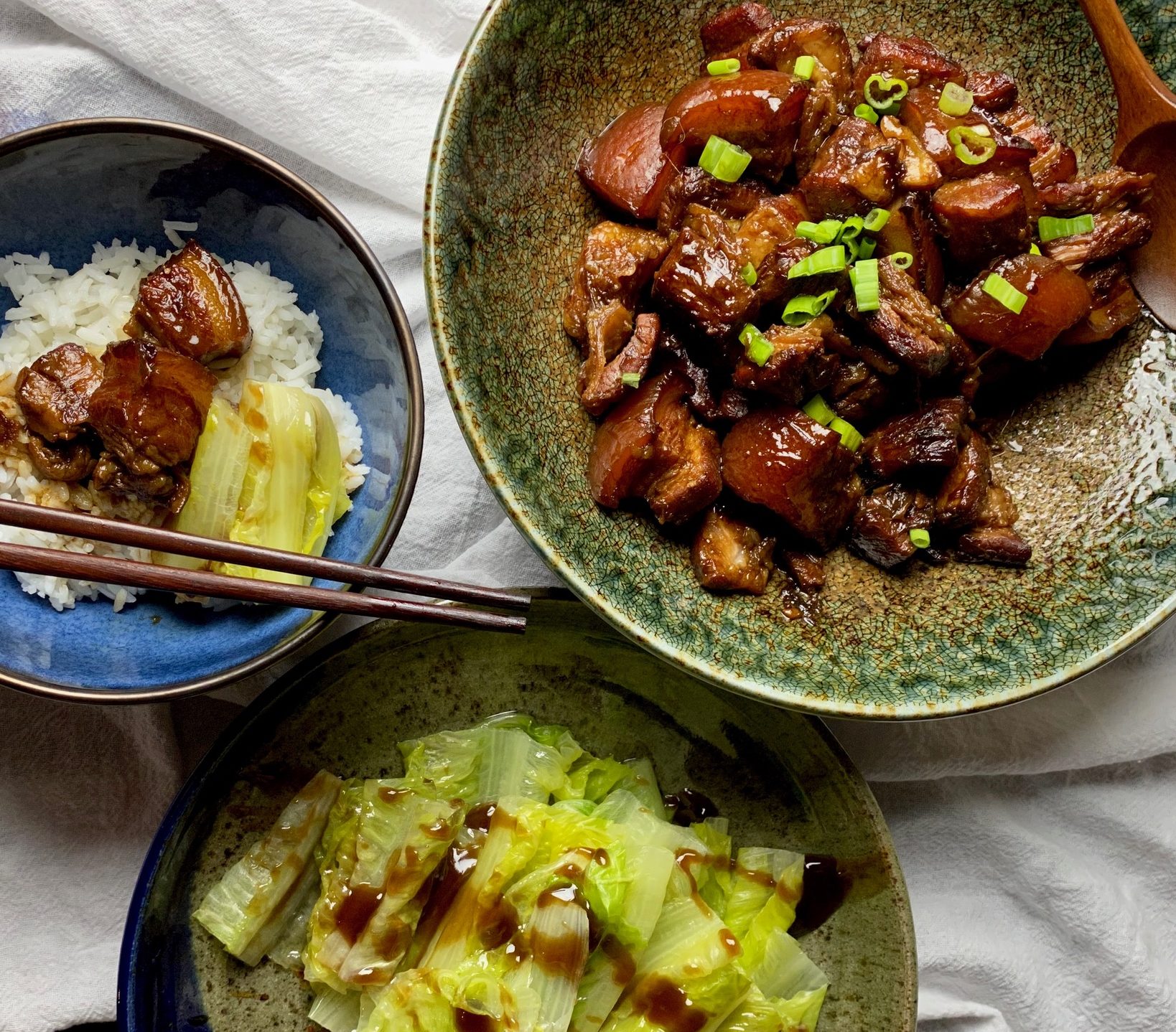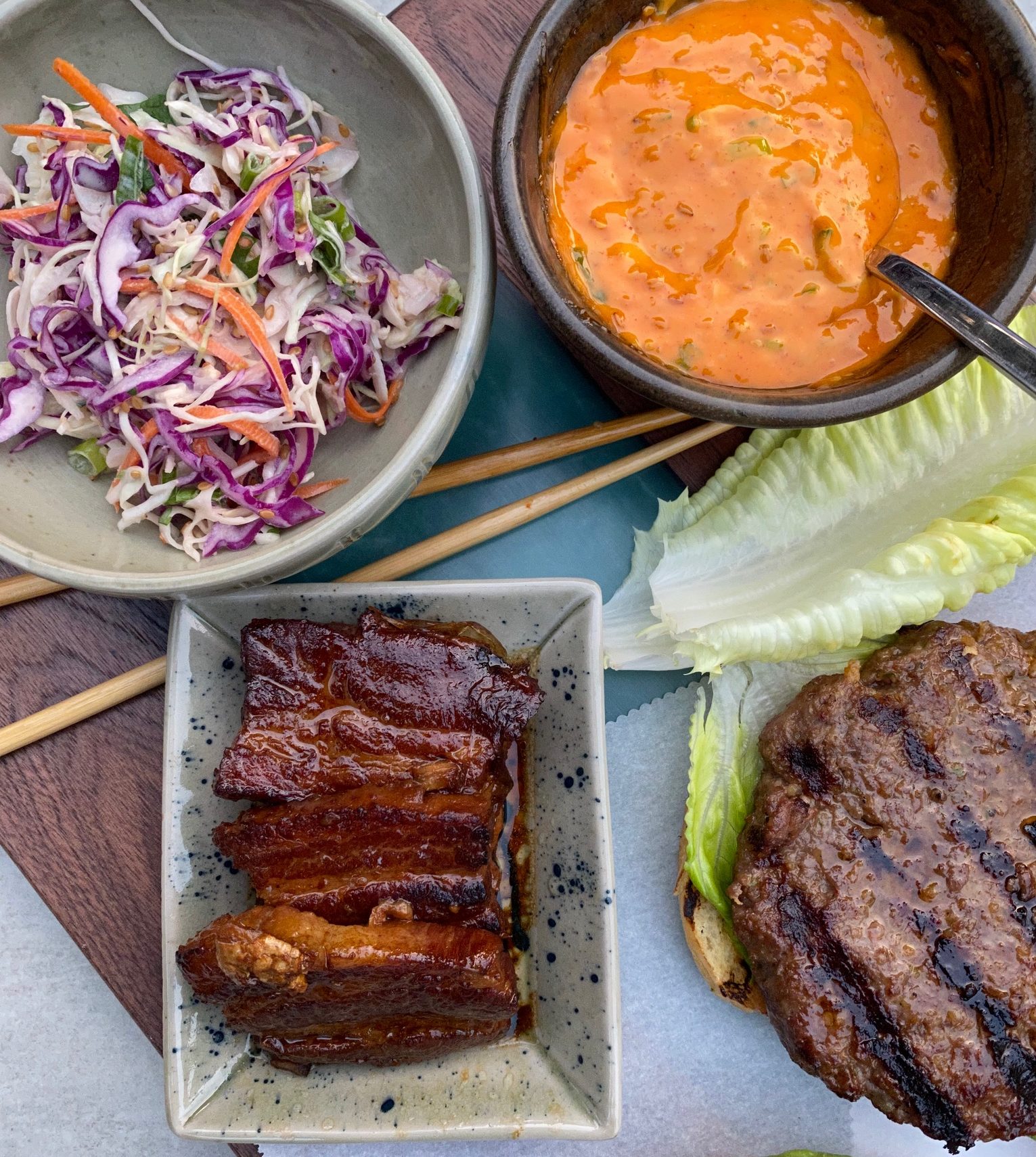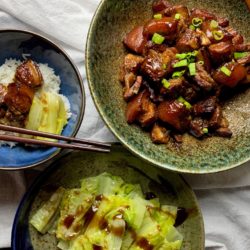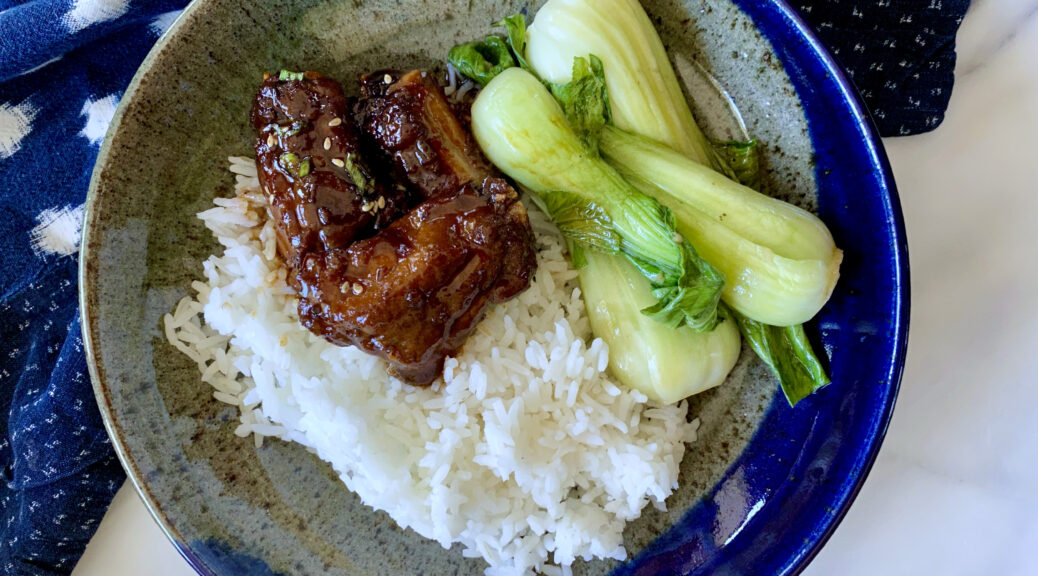
Easy as 123 Spareribs
As I was driving home the other day I called the Hubster and asked “What’s for dinner?”. The retired guy replied, “I thought you were making dinner”. Excuse me? Moi? The person driving home after a full day at WORK?
Fine, I’ll make dinner but you are on cleanup…
A pack of spareribs, cut crosswise into thirds (thanks Asian market), a knob of ginger and bunch of scallions in the fridge-time to make Irene Kuo’s 12345 Spare Ribs from Food52. The rest of the ingredients are in my pantry, soy sauce, vinegar, rice wine and sugar, that’s all I need. Oh, and my trusty Instant Pot.
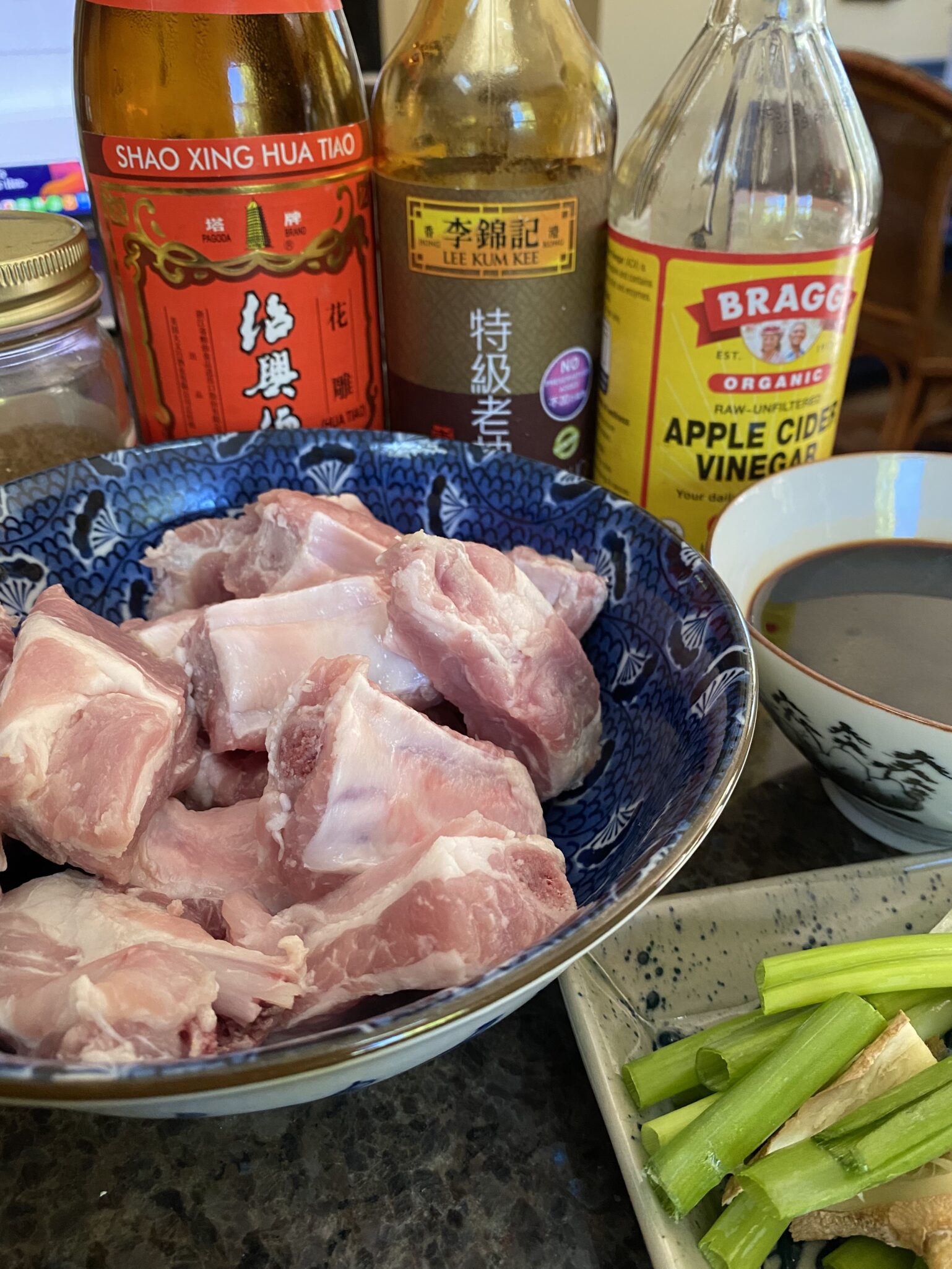
I added the step of browning the ribs with ginger and scallions just to give it a flavor boost. Feel free to skip this step and start by putting the ribs and braising liquid in the instant pot without frying. Add a couple of minutes to the cooking time.
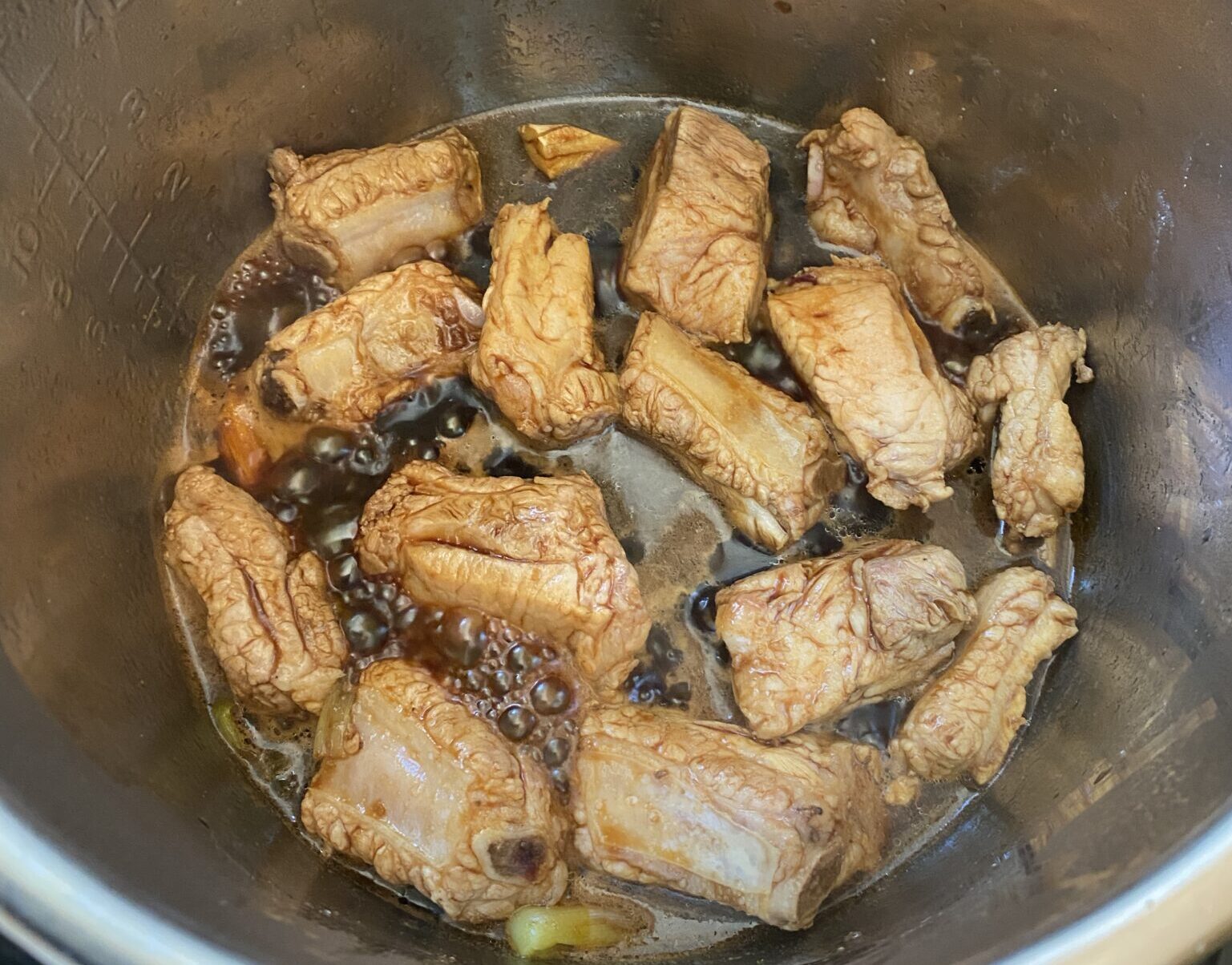
Set time for 15 minutes and let your IP do it’s thing. Meanwhile make some rice and veggies, any greens will do nicely. Give it a couple of minutes before releasing the pressure on your IP. Remove ribs. switch to sauté and reduce sauce until it thickens to a syrupy consistency. Add the ribs back in and stir to heat and coat them with sauce.
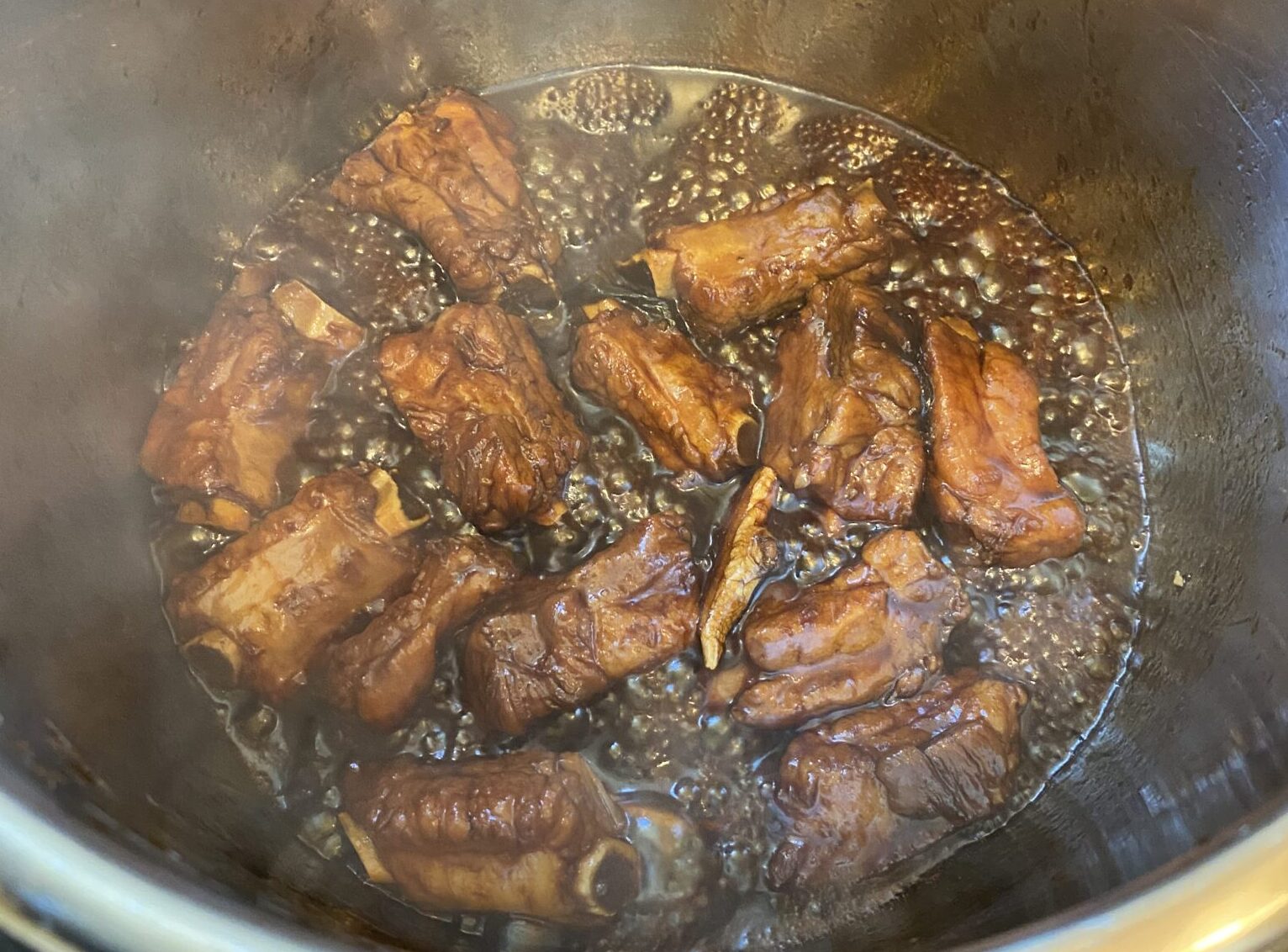
Scoop rice into a bowl, top with the ribs and greens, and garnish with green onions. Enjoy!
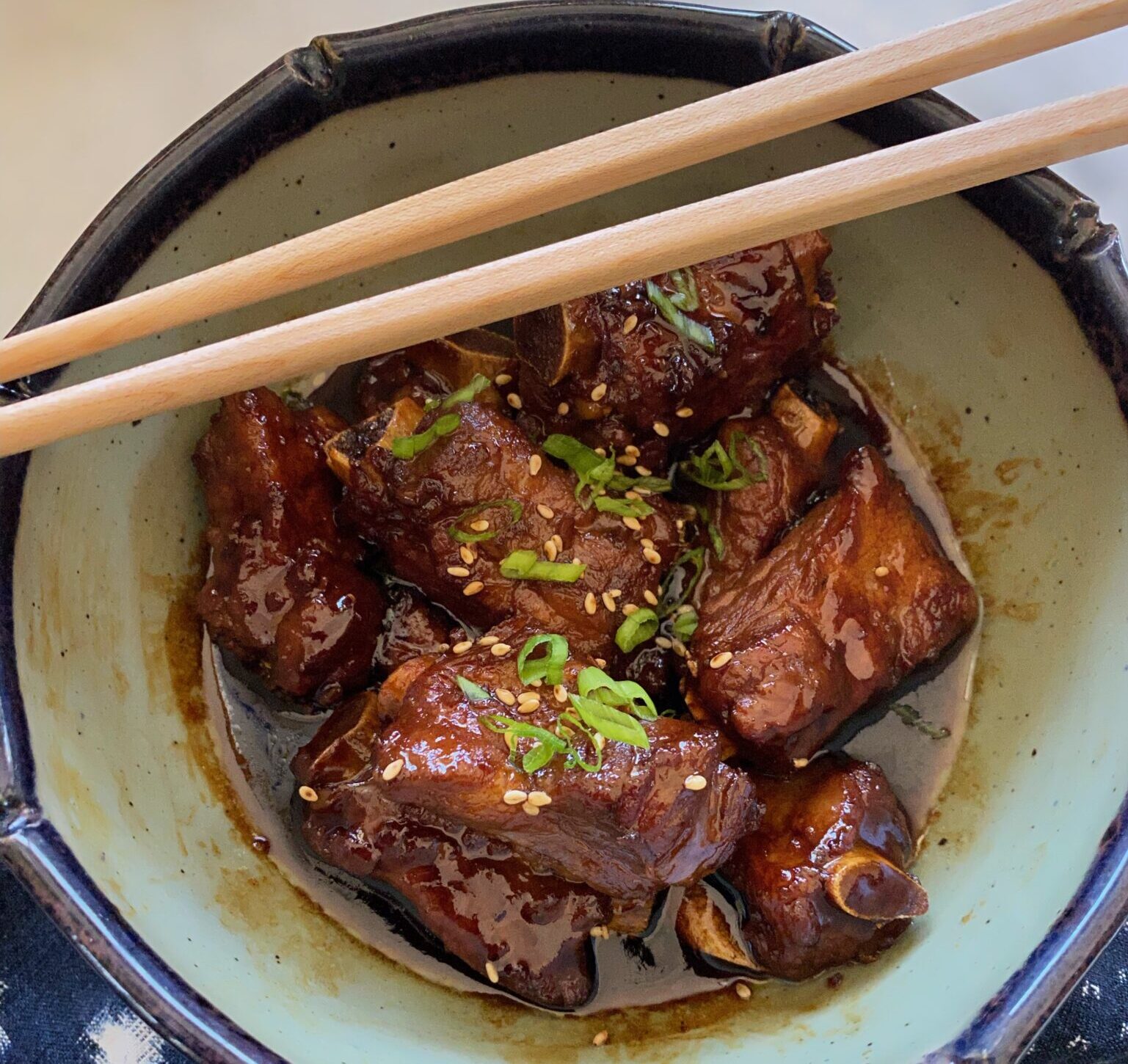
Epilogue
Me? I headed to the couch, turned on the telly, and relaxed while the hubs did the dishes!
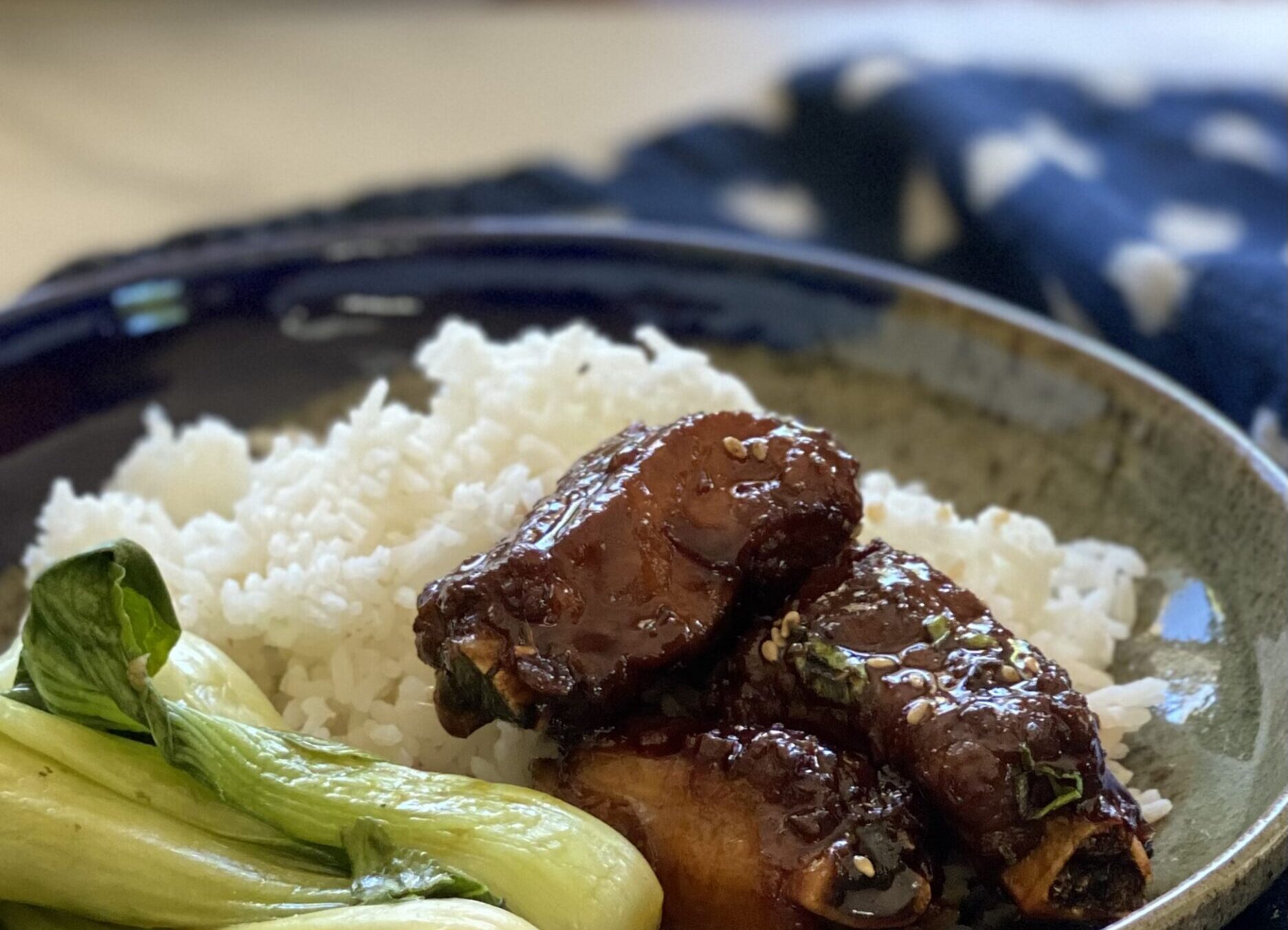
The ingredients for these ribs can be found in most Asian markets. Use Shaoxing Wine (Chinese Sherry) or dry sherry. Dark soy sauce has added molasses, don’t substitute regular soy sauce which is actually saltier than dark soy. Favorite brands include Koon Chun or Lee Kum Kee.
Sweet & Sticky Chinese Ribs
Equipment
- 1 Pressure Cooker I use an Instant Pot
Ingredients
Fry It Up
- 1 1/2 pounds pork spareribs ask the butcher to cut the slab of ribs crosswise into 3 pieces. You can cut them into individual ribs at home
- 1 stalk scallion, cut into 3 inch lengths optional
- 2 slices fresh ginger, smashed optional
Braising Liquid
- 1 tablespoon dry sherry preferably Shao Xing Wine
- 2 tablespoons dark soy sauce
- 3 tablespoons cider vinegar
- 4 tablespoons sugar
- 5 tablespoons water
Garnish
- 1-2 stalks green onions, sliced diagonally in 1/8-1/4" pieces
Instructions
Instant Pot Directions
- Set Instant Pot on saute'. Once heated add 1 tablespoon of vegetable oil. Toss in ginger and scallions and saute' briefly (30 sec) then add spareribs. Fry until the ribs lose their pinkness.
- Add braising liquid ingredients. When the liquid comes to a boil, stir well to coat the ribs, turn off saute function, and place lid on Instant Pot.
- Set IP on high pressure (use Meat setting) and adjust time to 15 minutes. When it is done, wait a couple of minutes before CAREFULLY releasing pressure to your Instant Pot.
- Remove ribs from pot. Set Instant Pot to saute' and reduce remaining liquid to a thick syrupy sauce. Turn it off and add ribs back into pot, stir to coat the ribs. Spoon ribs onto a serving plate.
- Garnish with scallions. Serve immediately with rice.
Stovetop Directions
- Put the ribs in a skillet or saucepan and set it over high heat; add the rest of the ingredients and stir to mingle. When the liquid comes to a boil, adjust heat to maintain a very gentle simmering, and cover and simmer for 40 minutes. Stir and turn the spareribs from time to time.
- Uncover and turn heat high to bring the sauce to a sizzling boil; stir rapidly until the sauce is all but evaporated. Garnish with scallions. Serve hot with rice.
